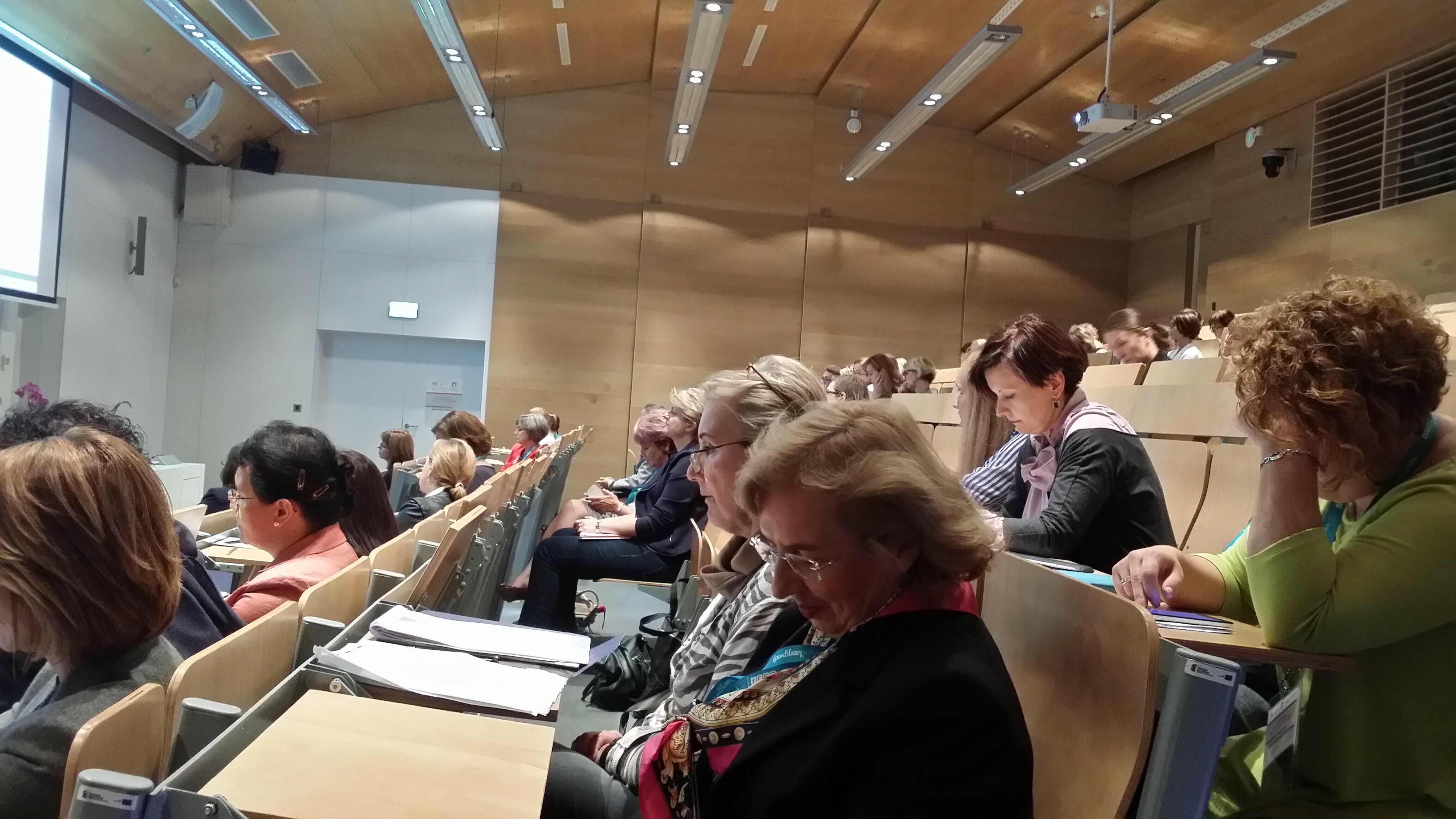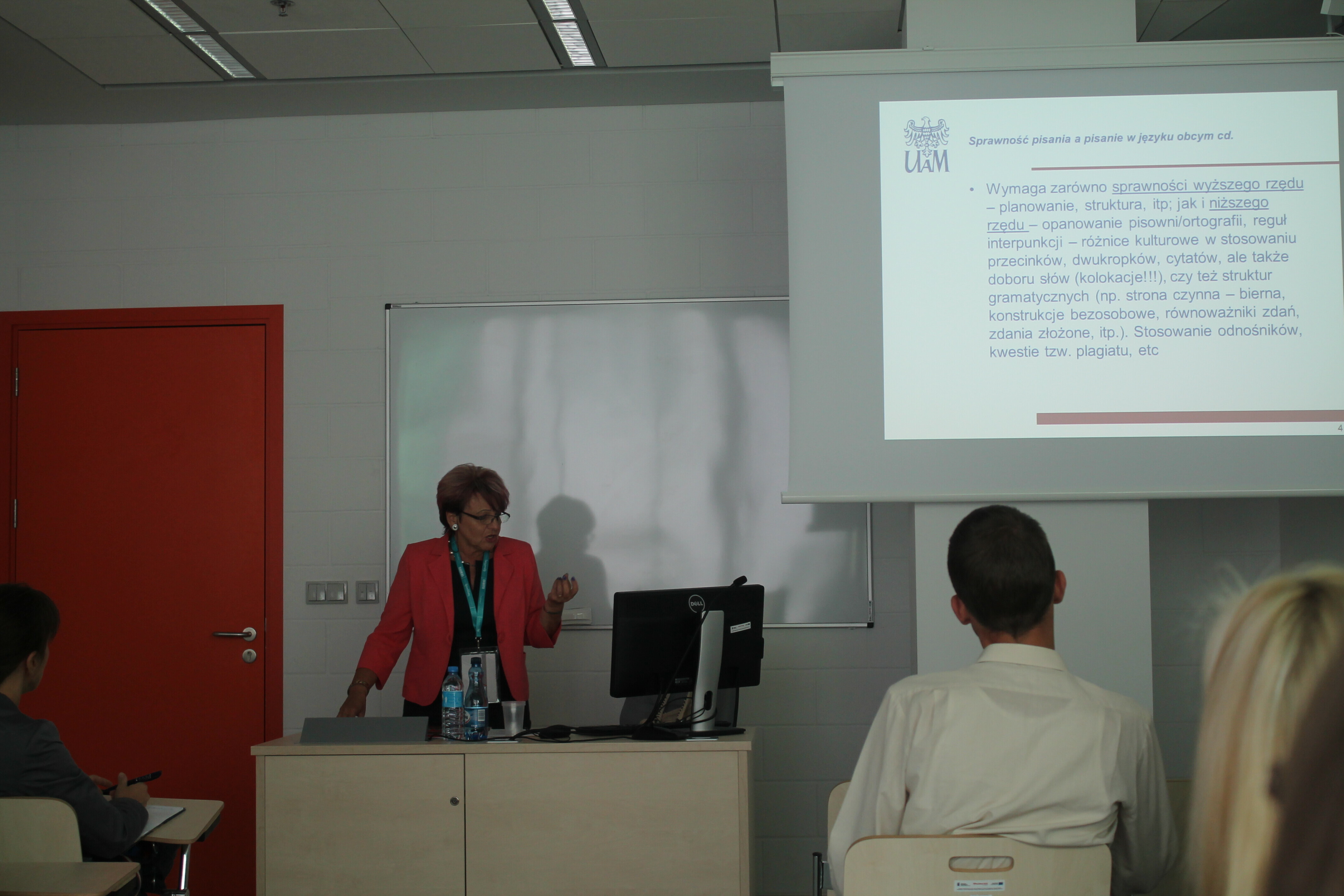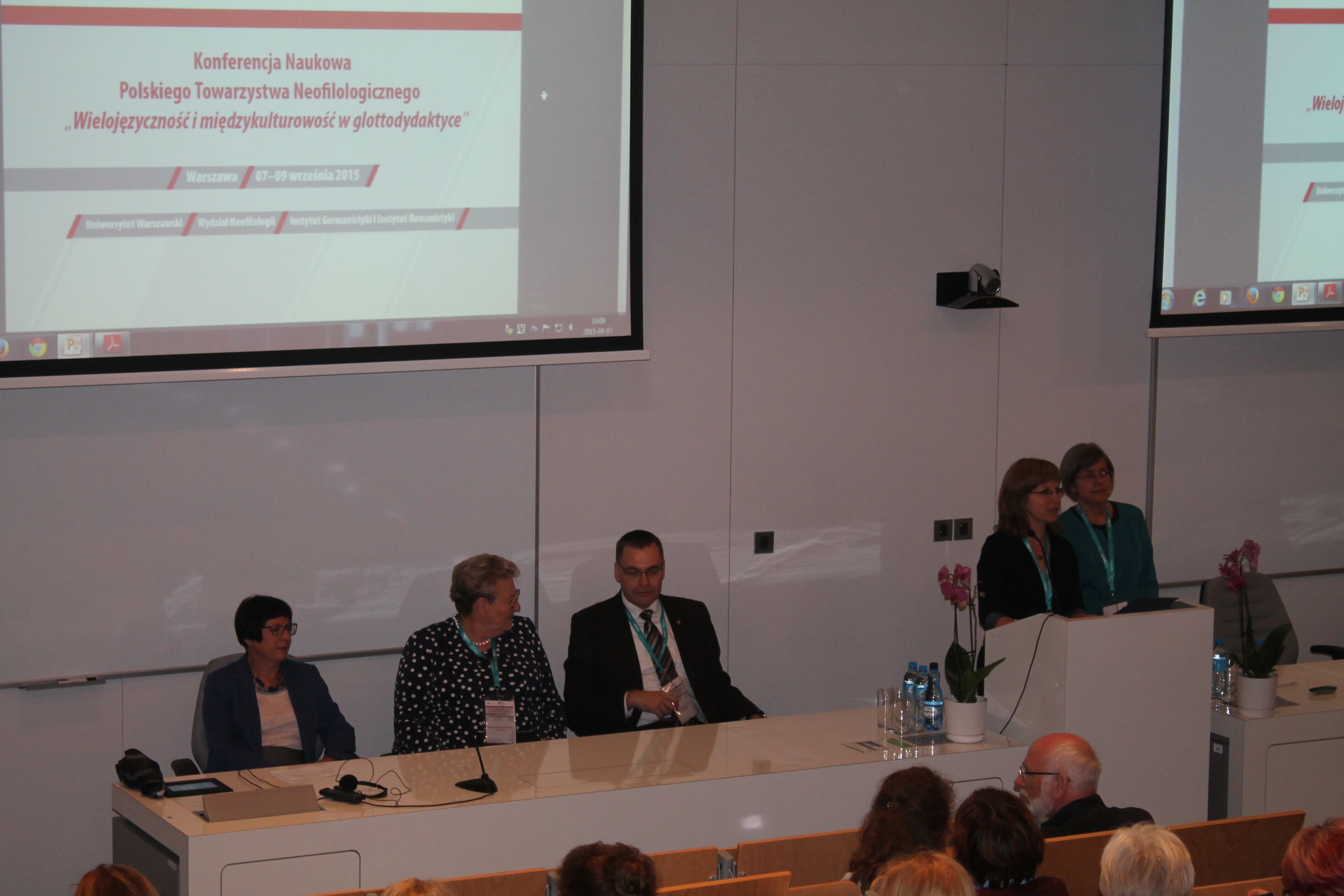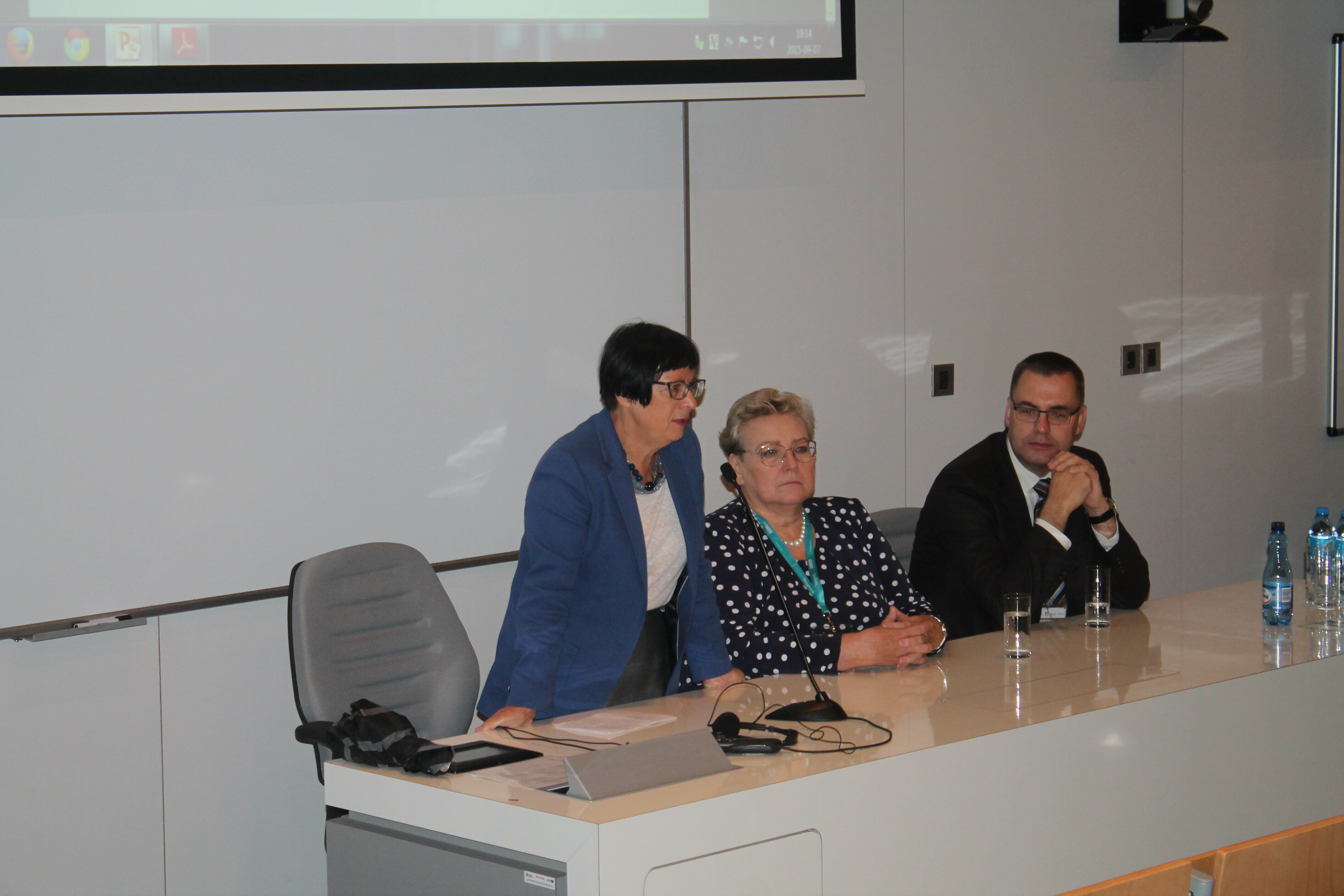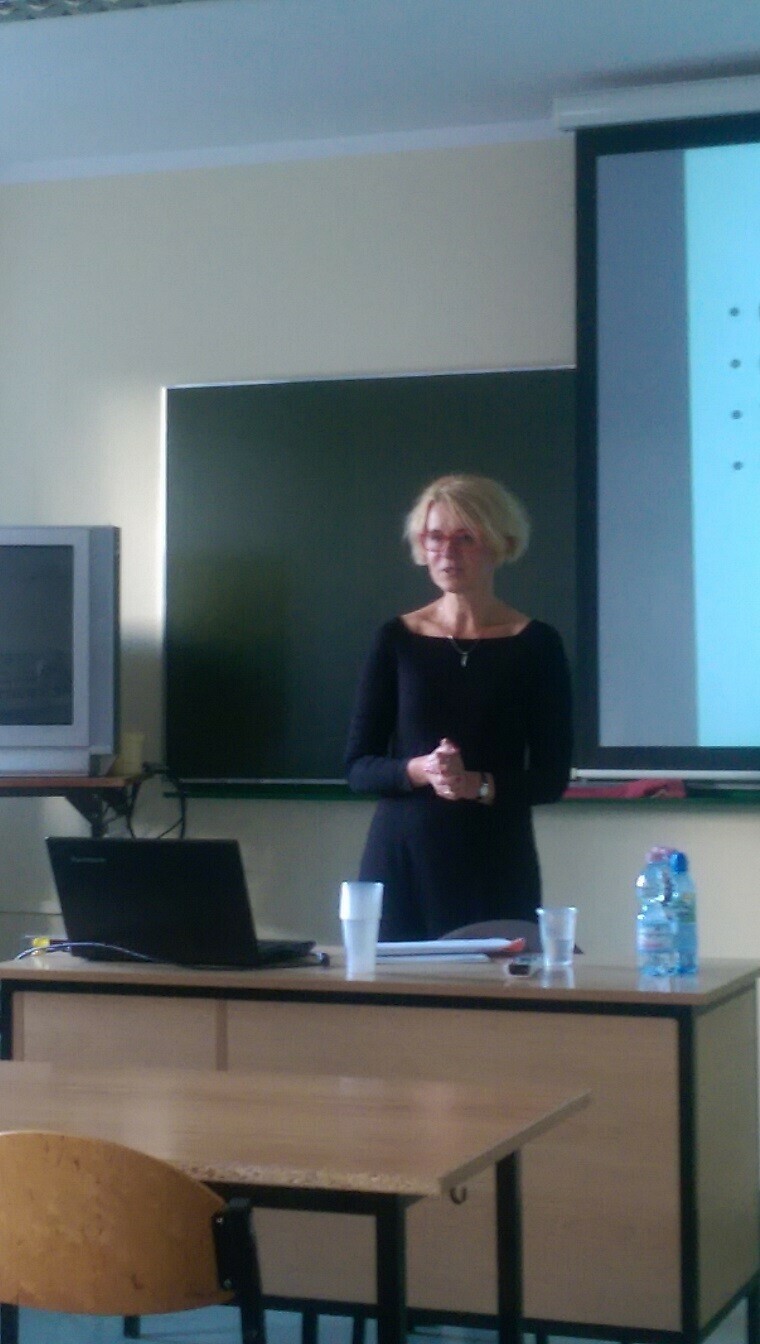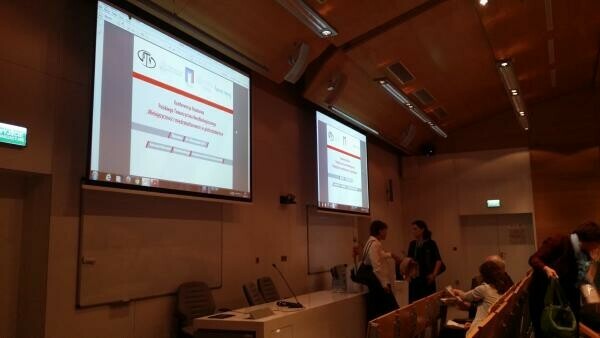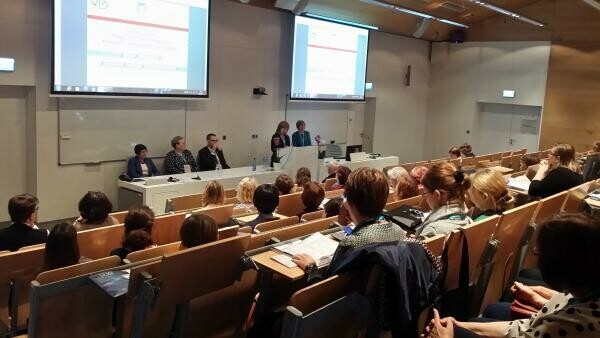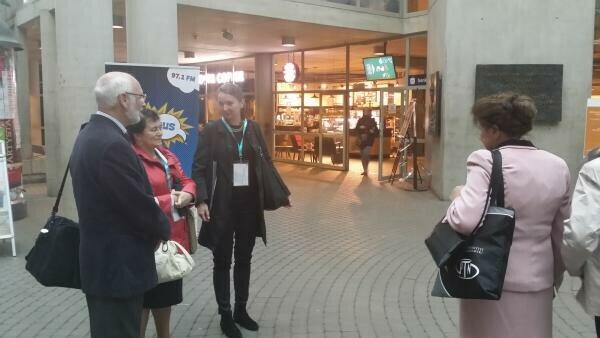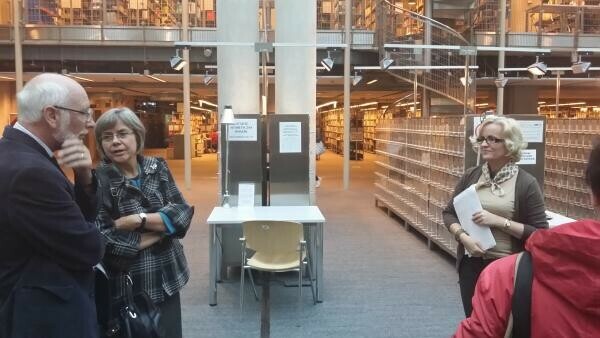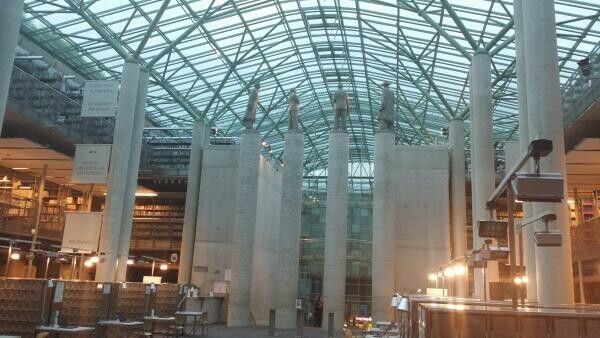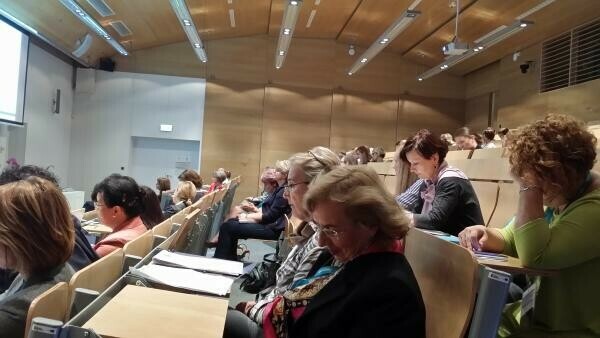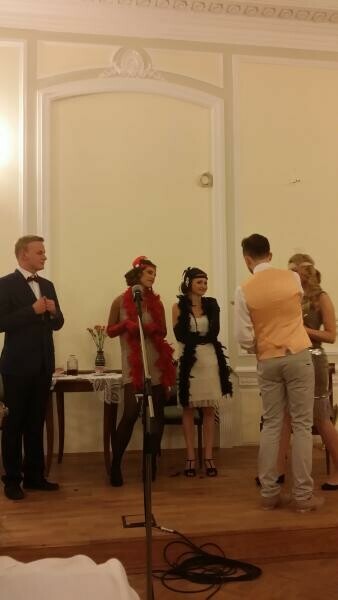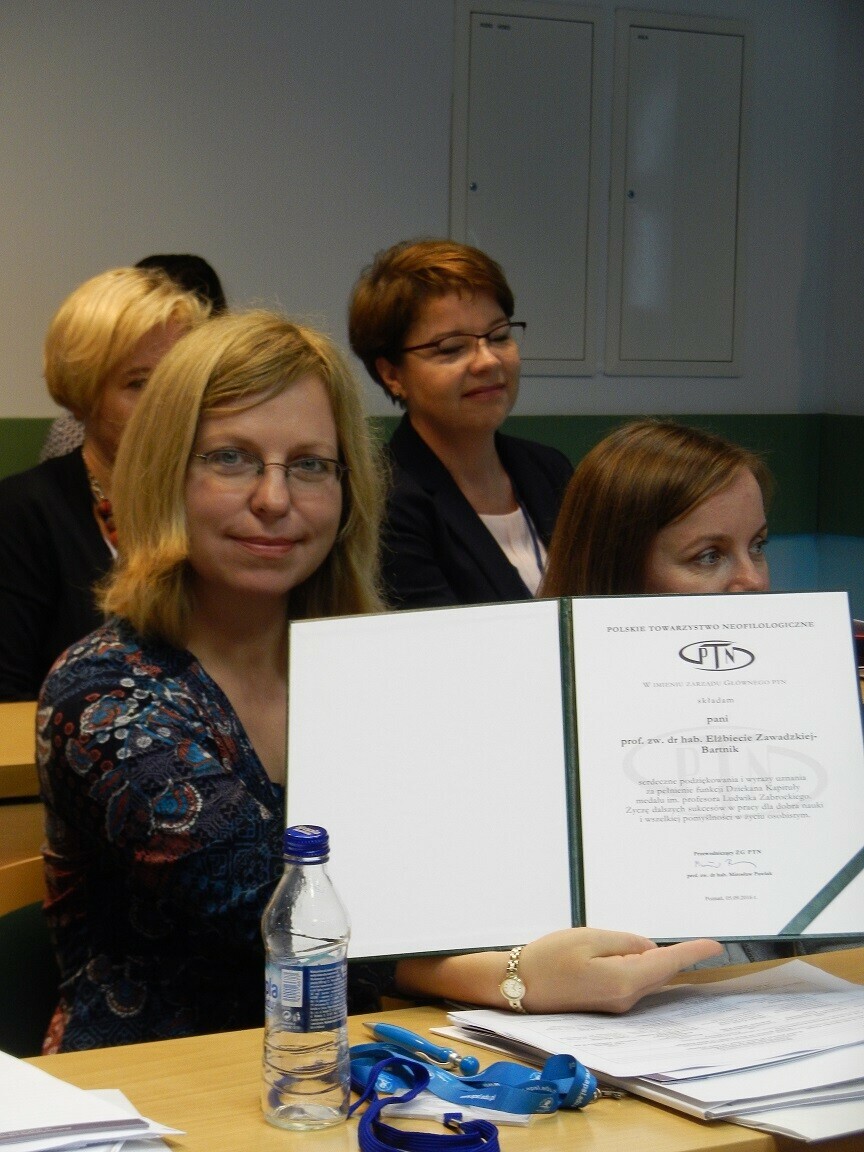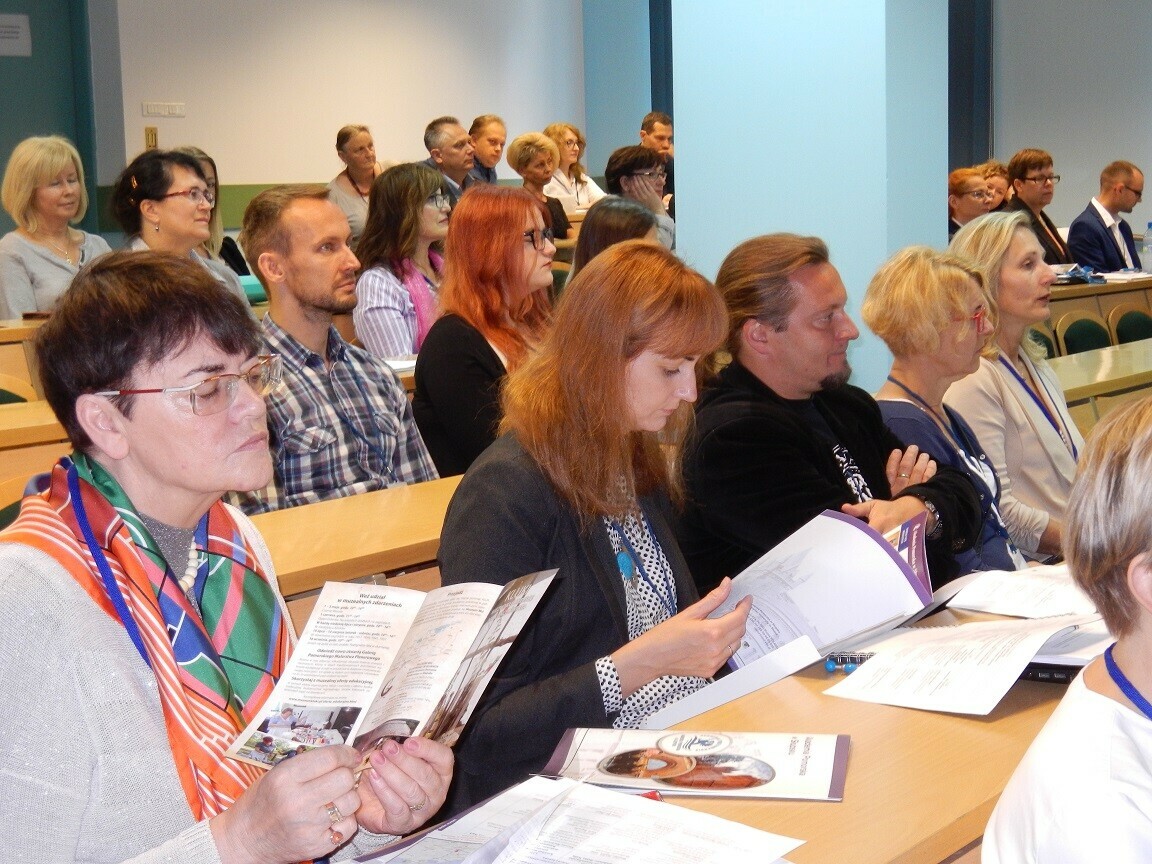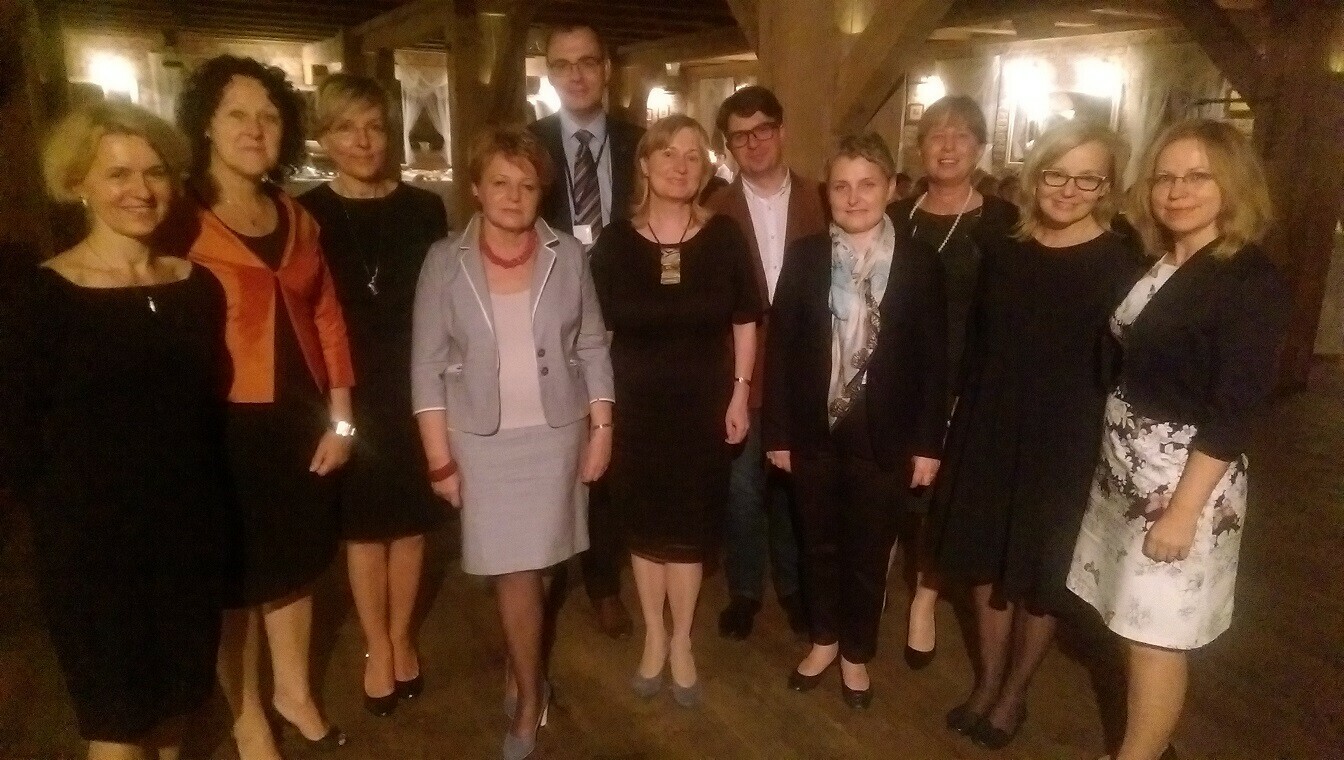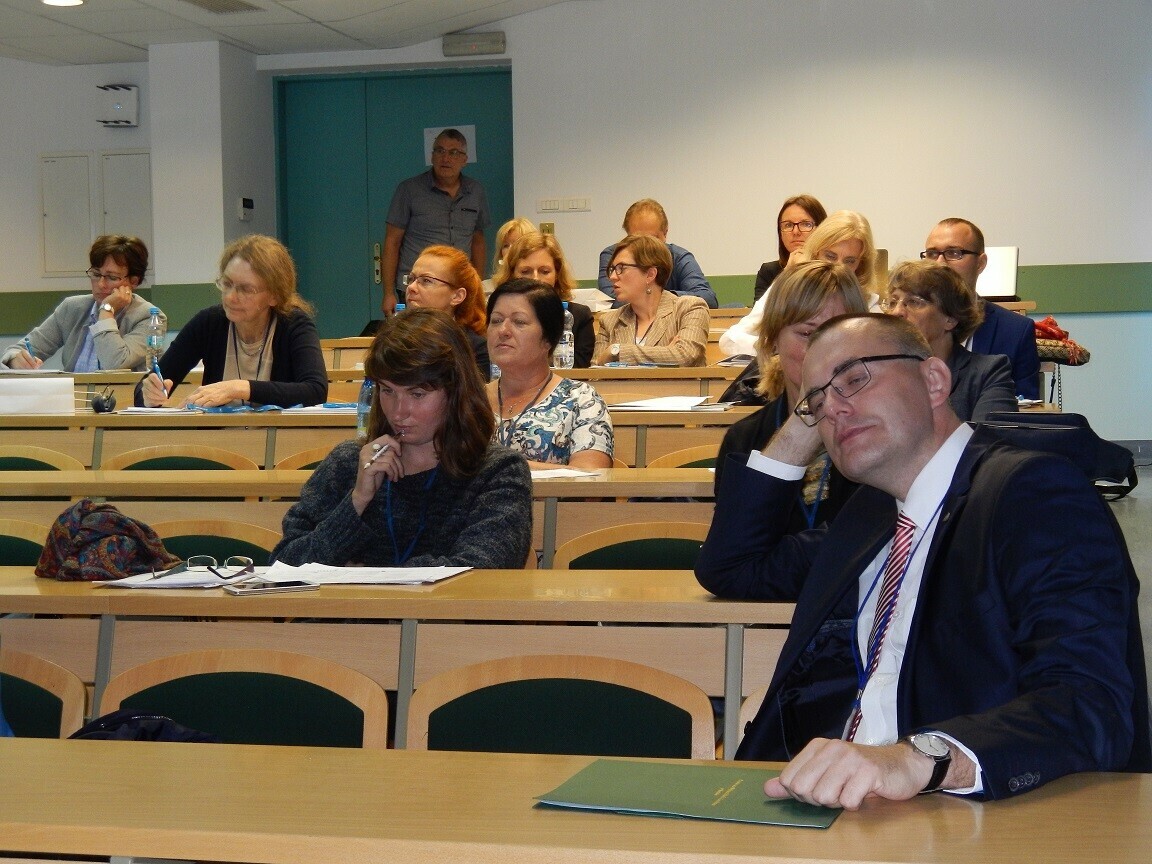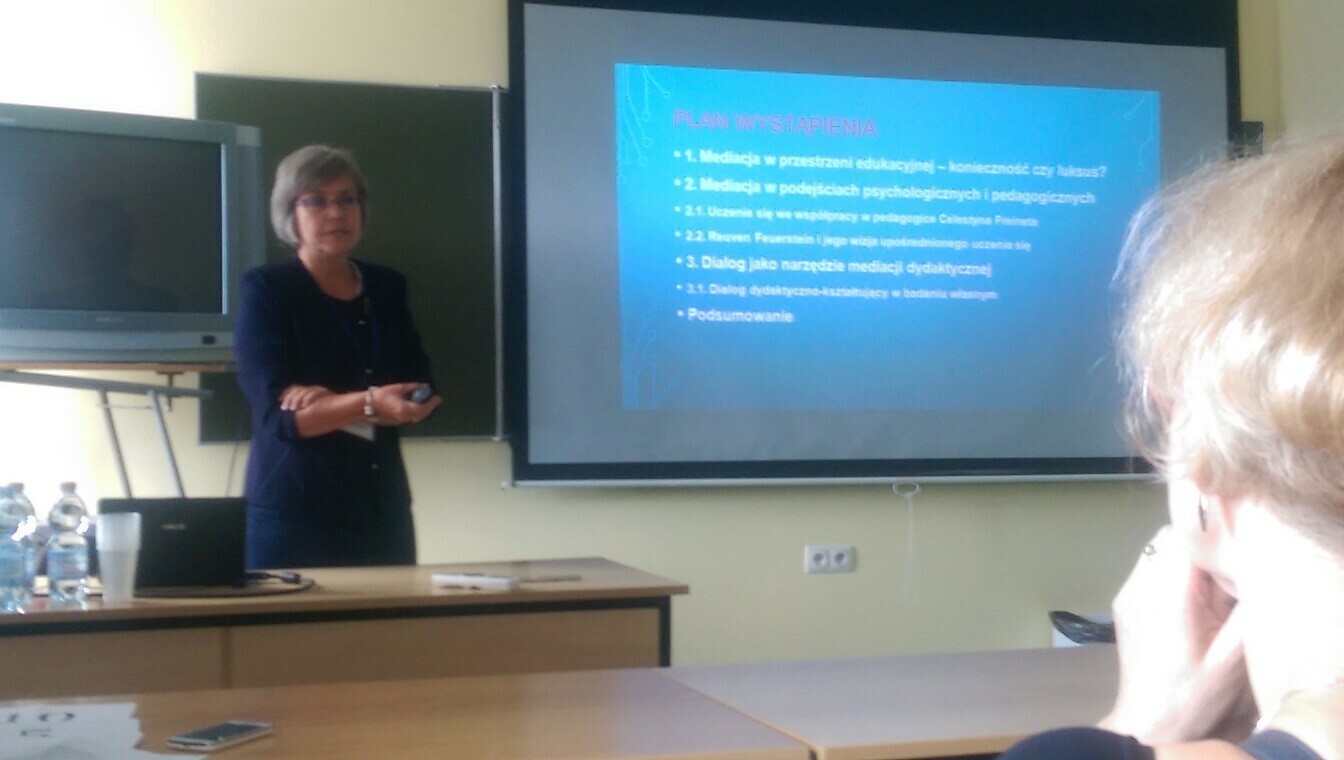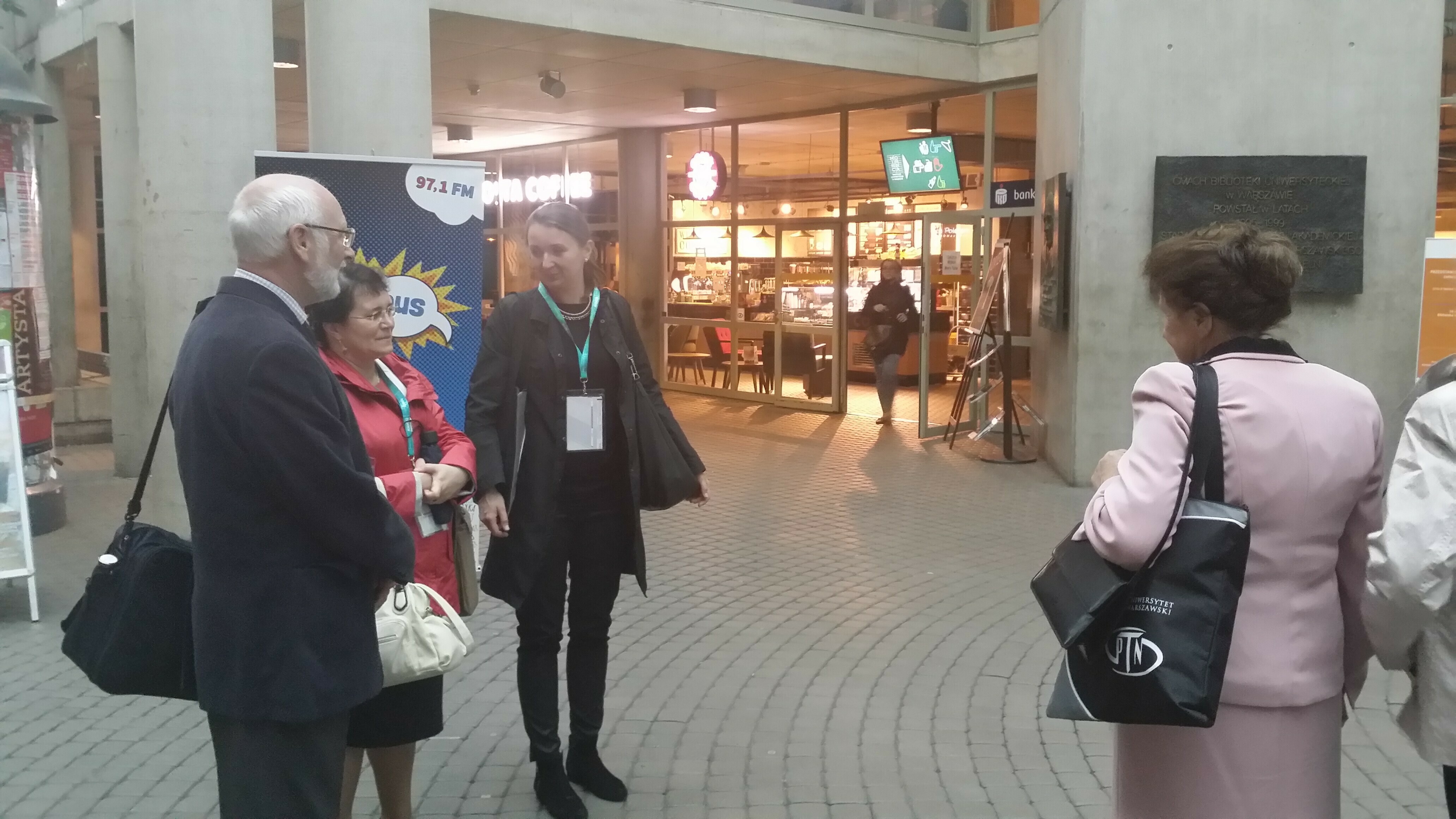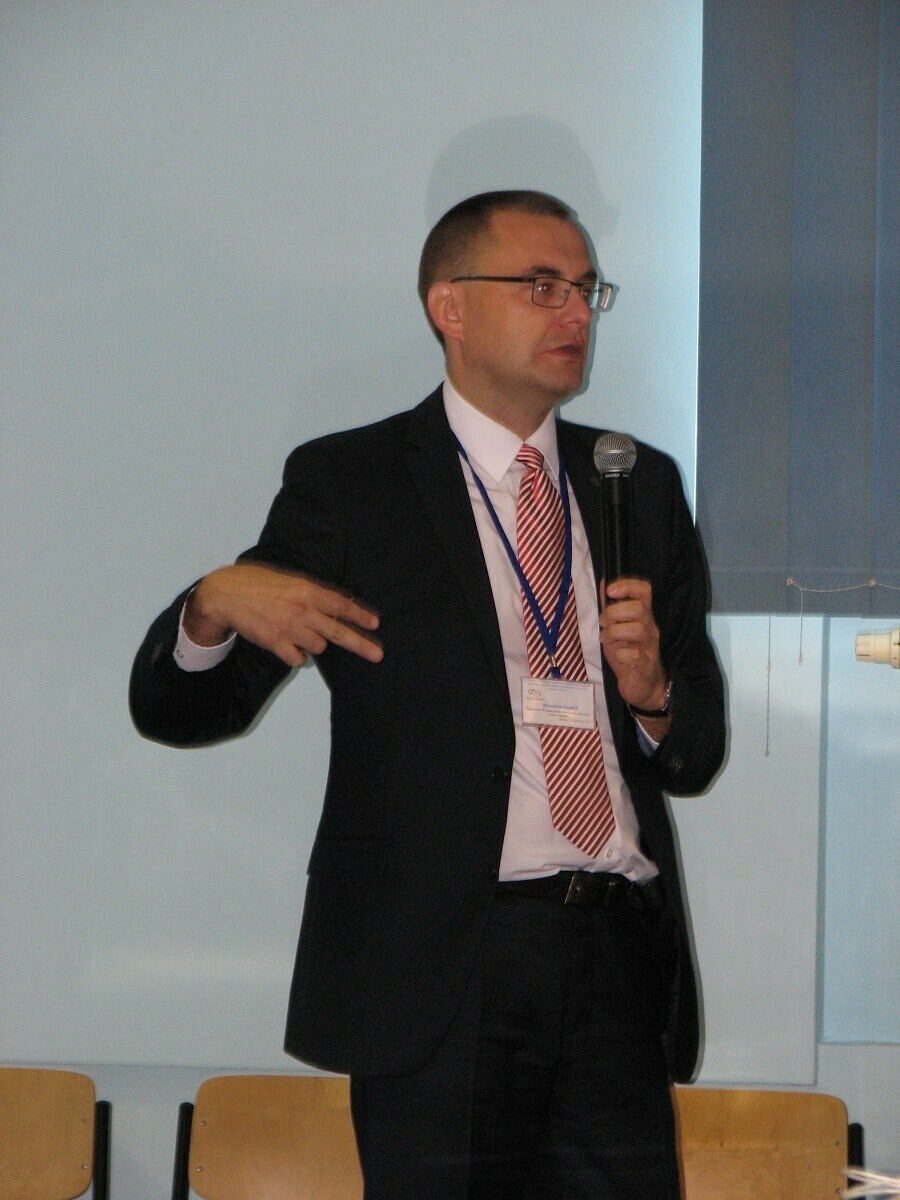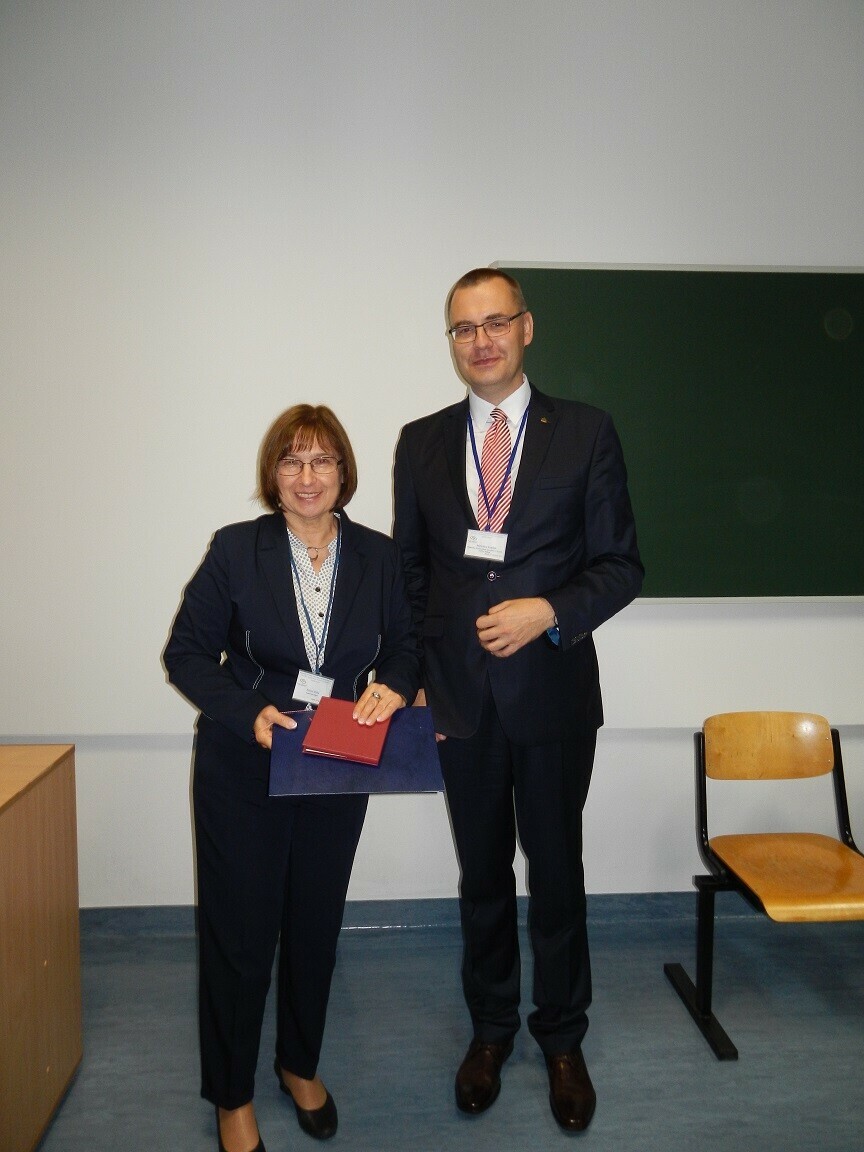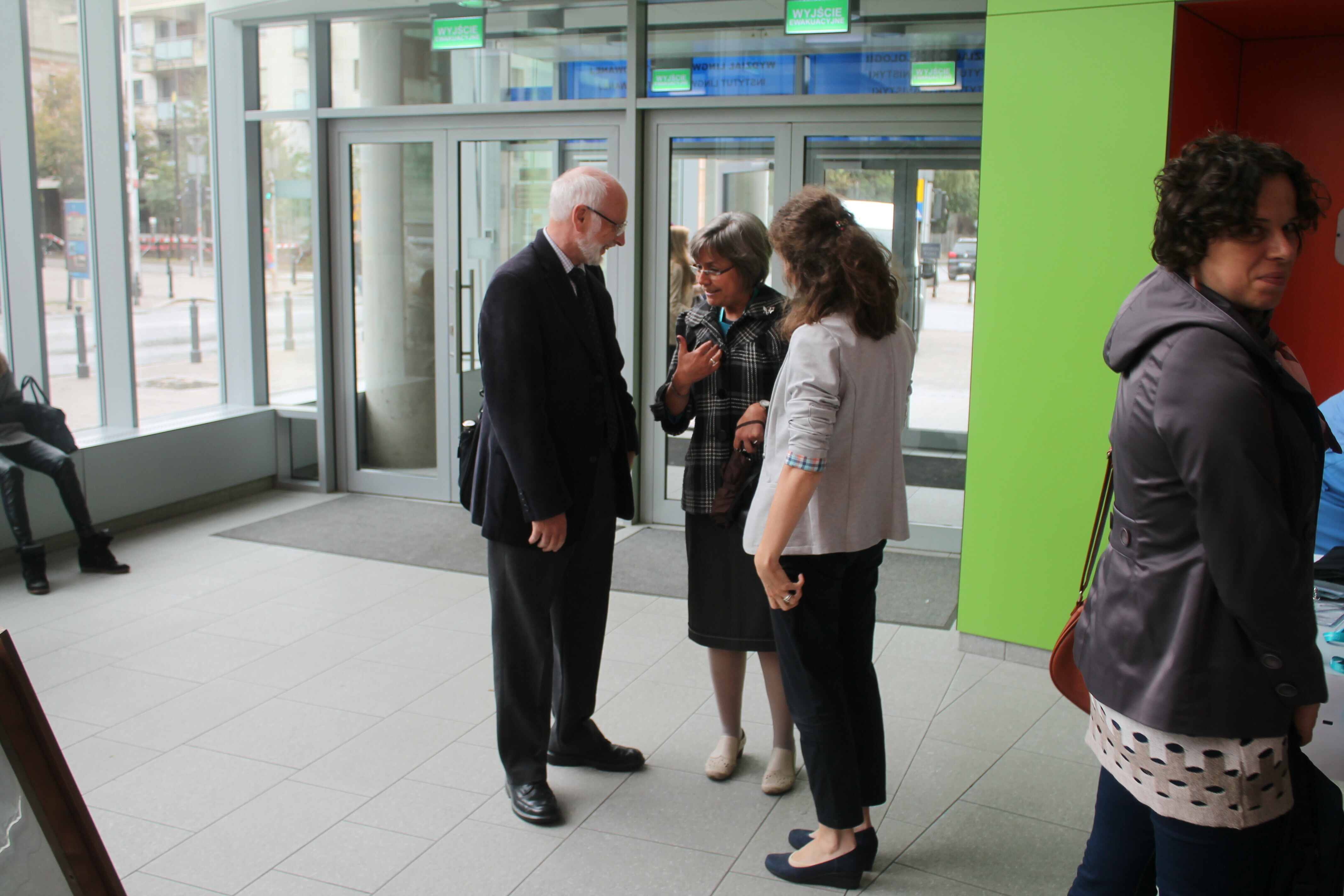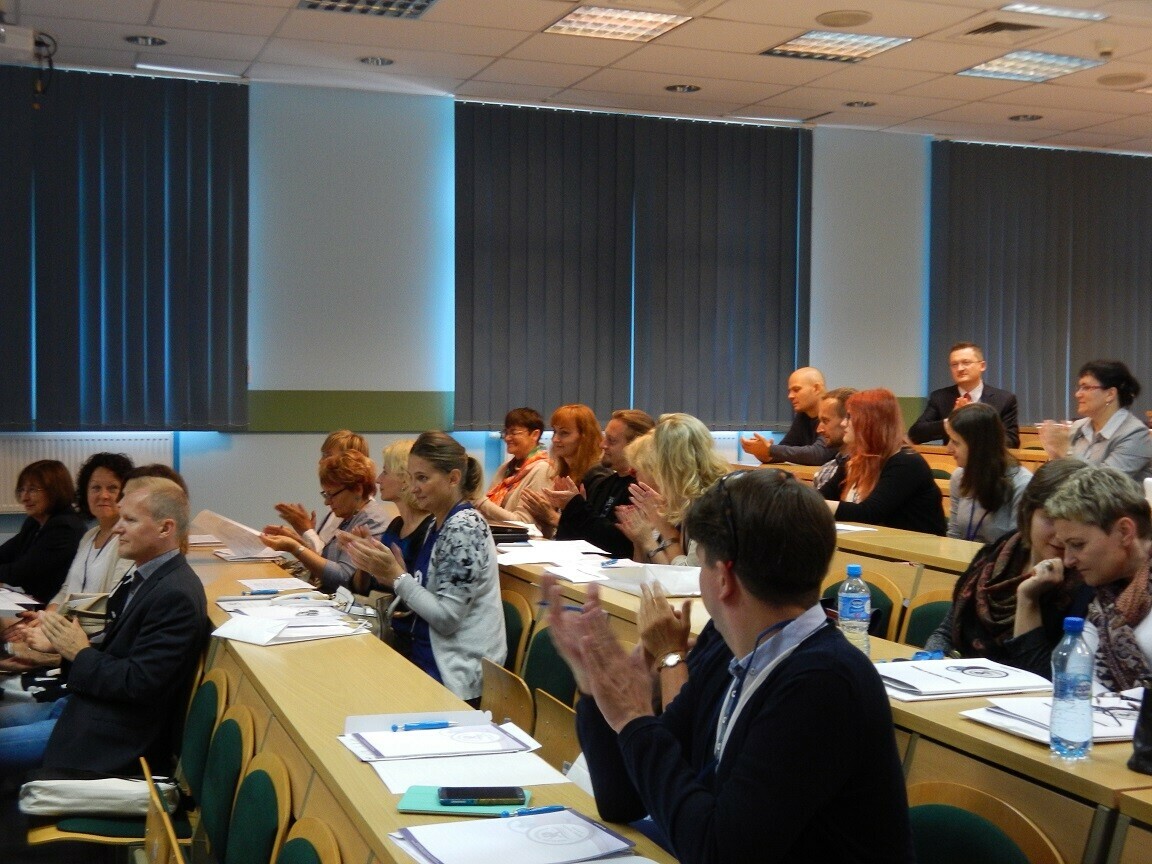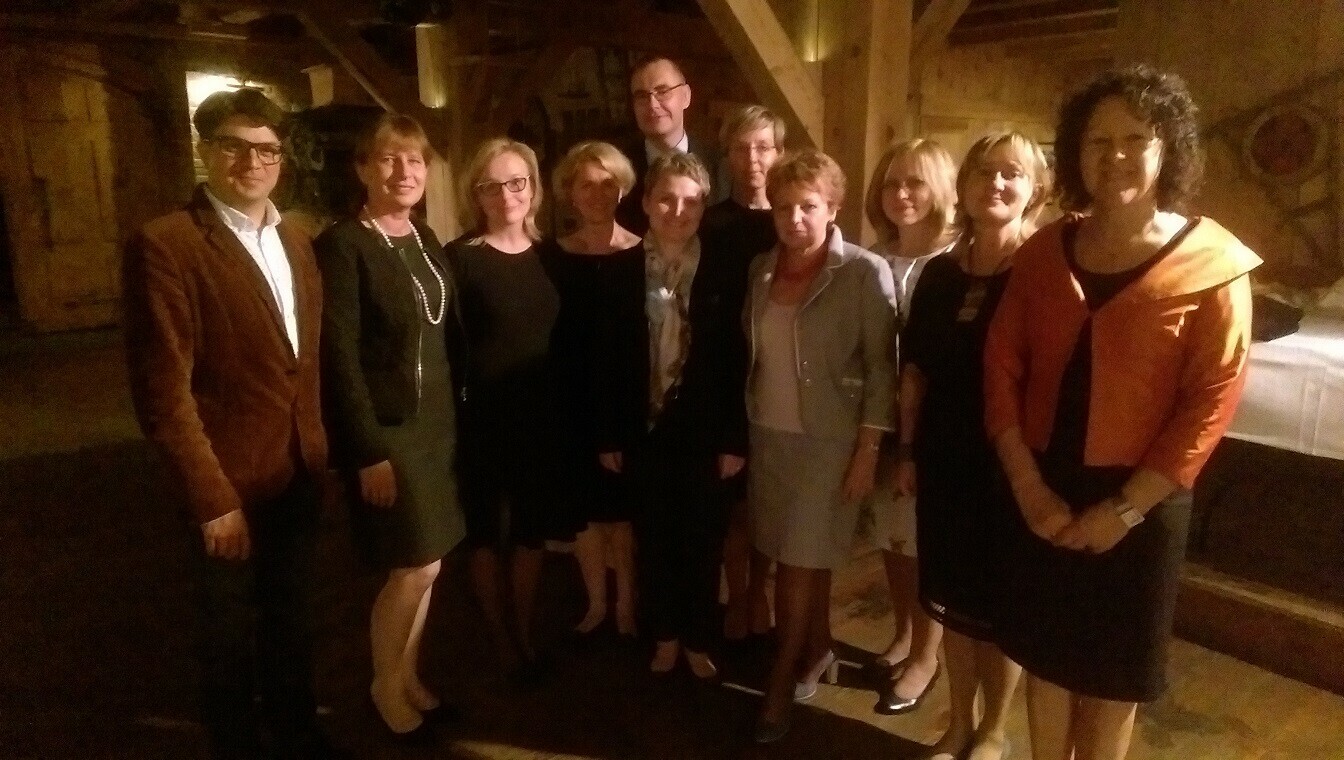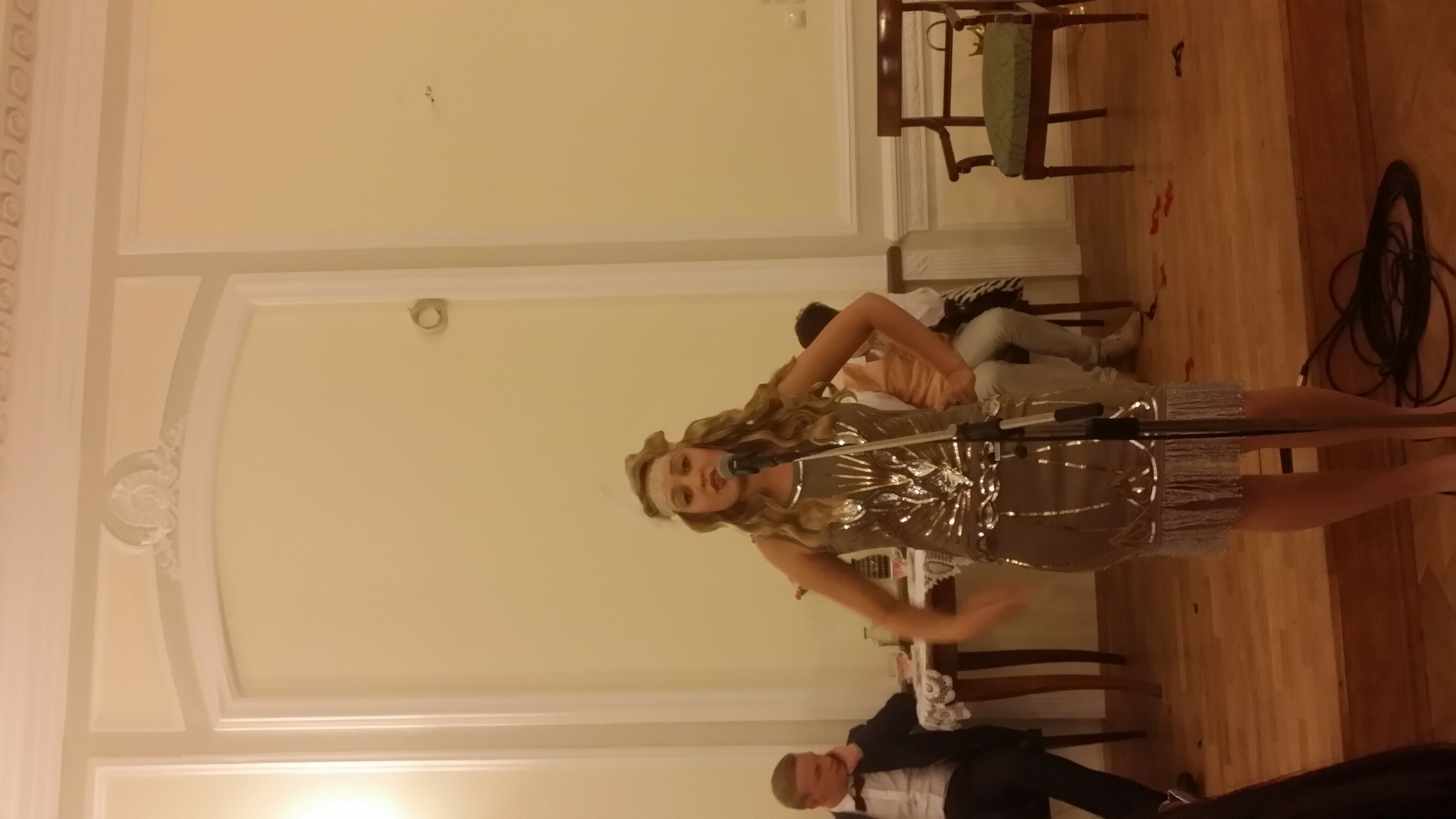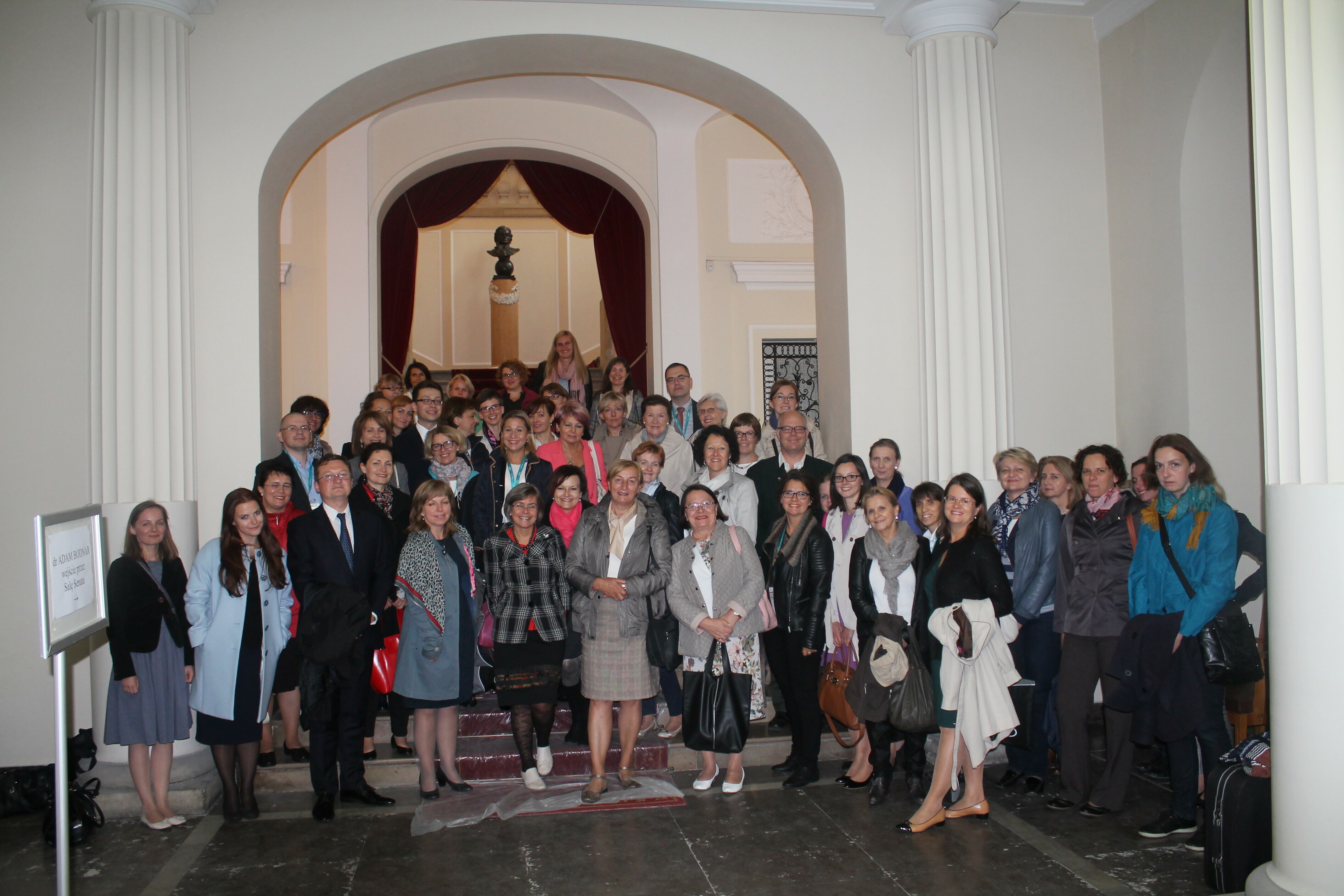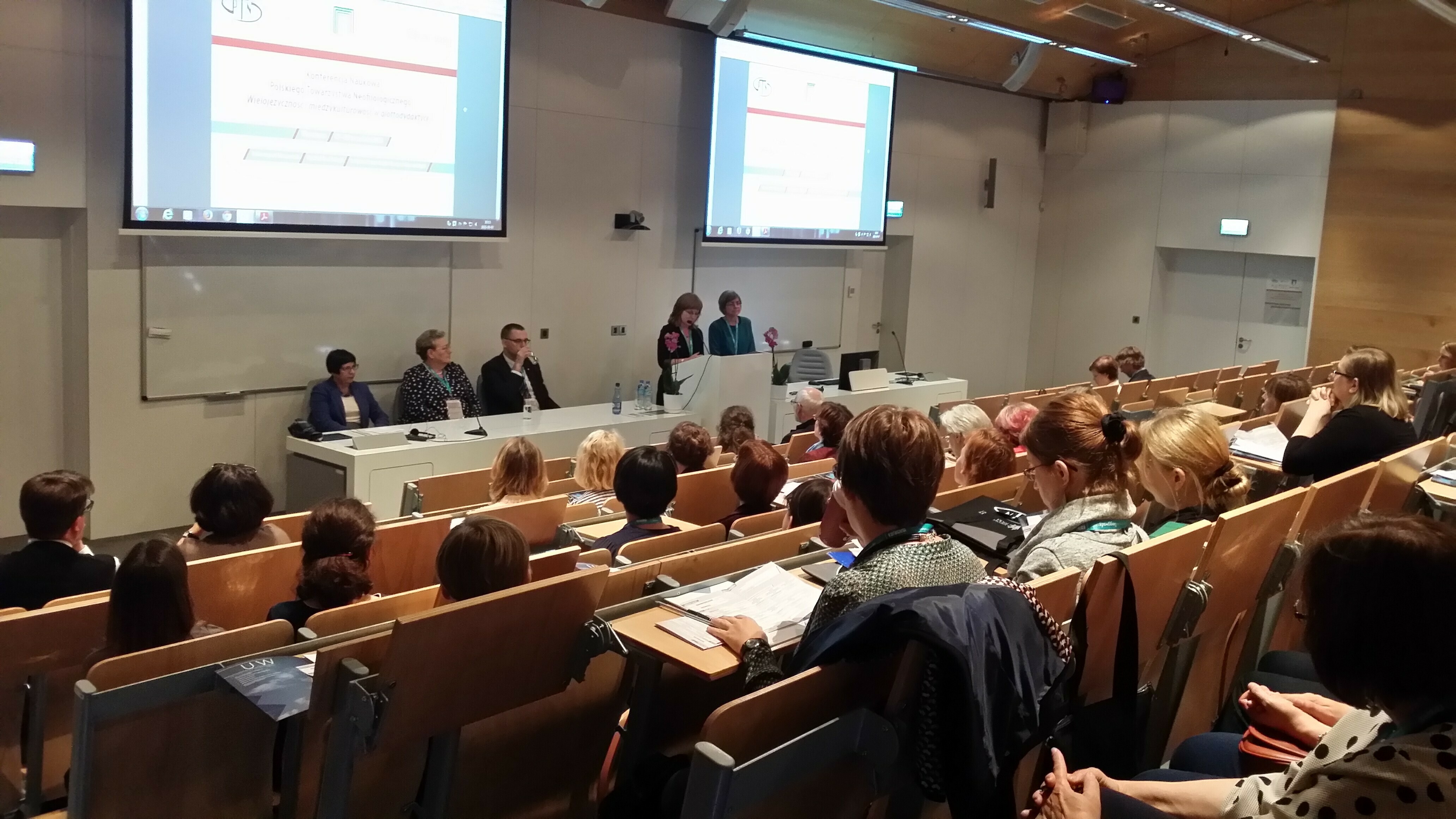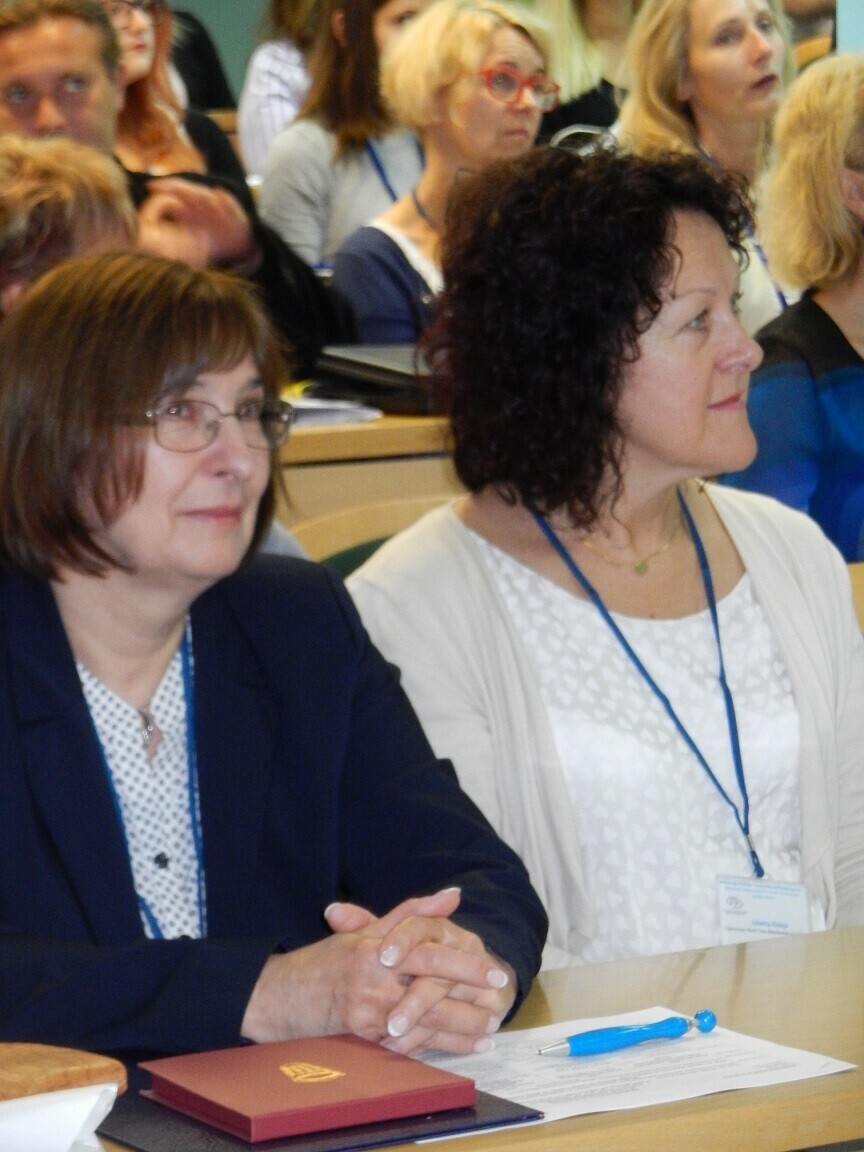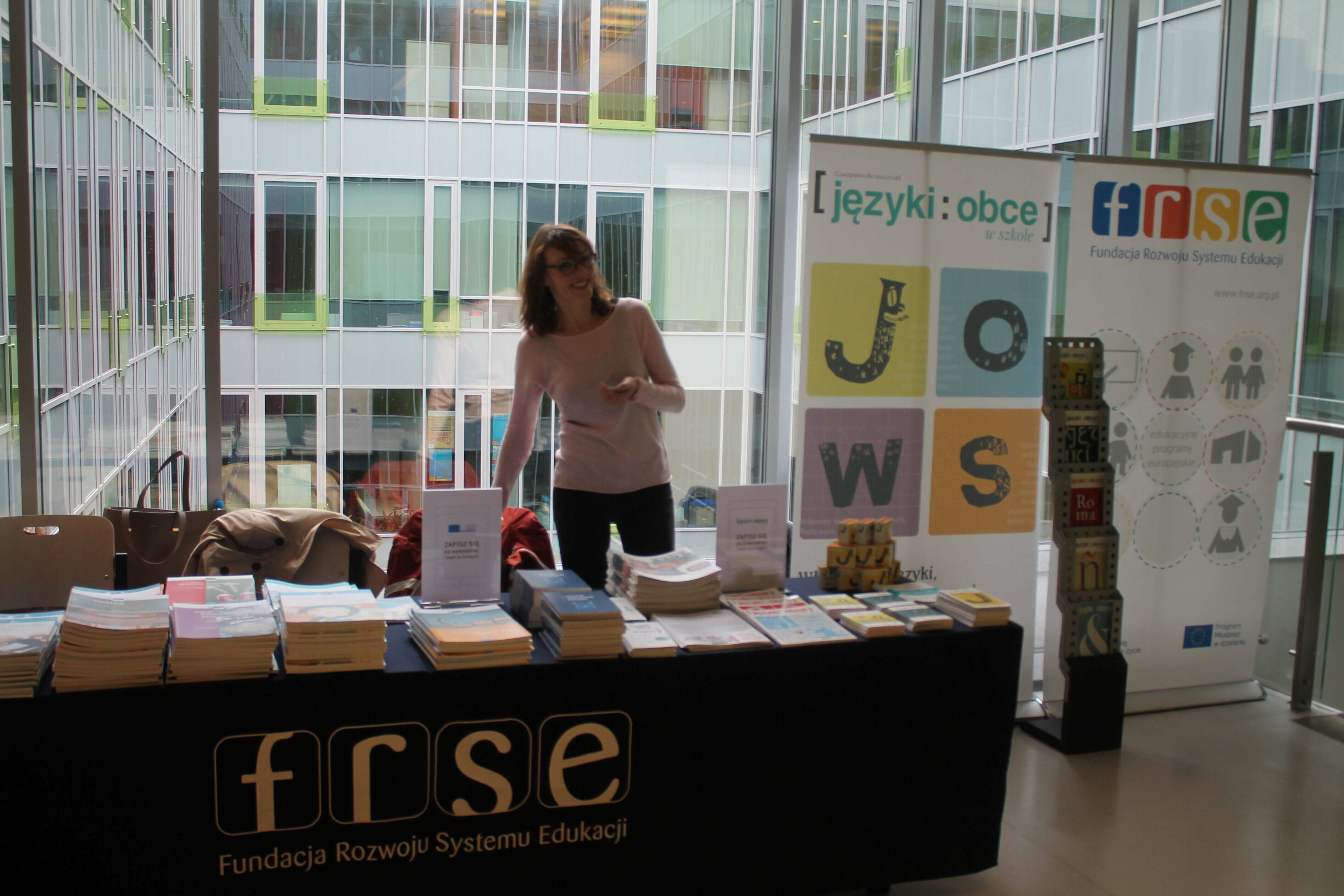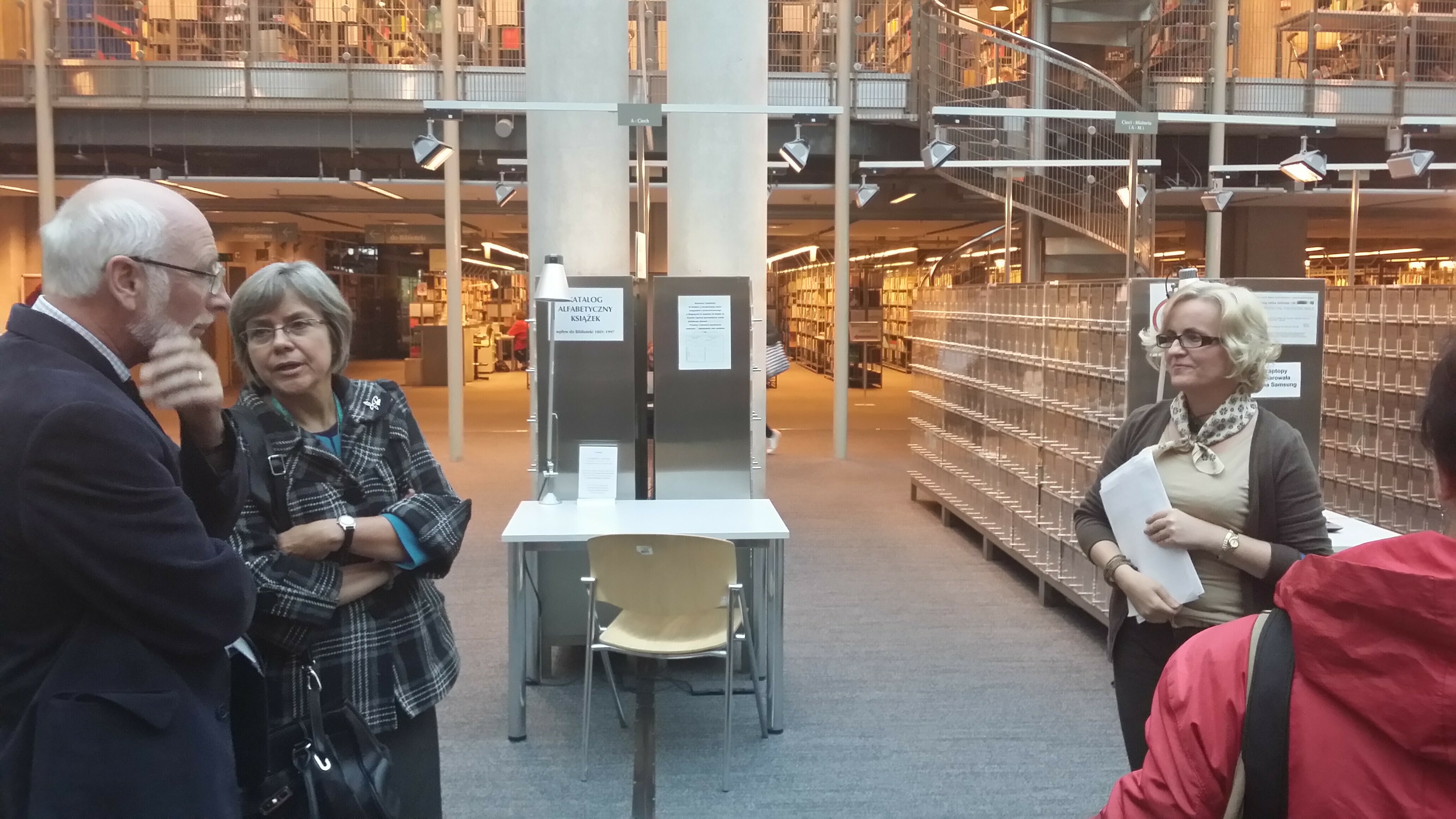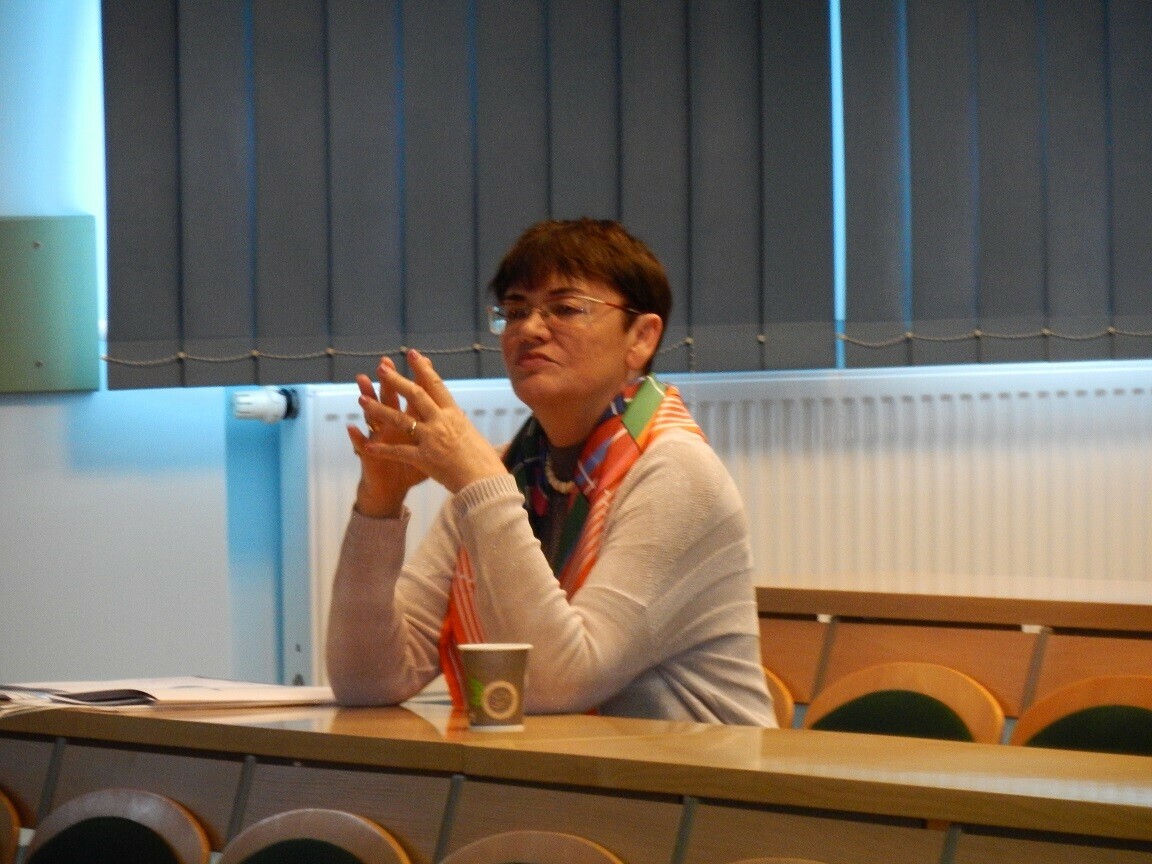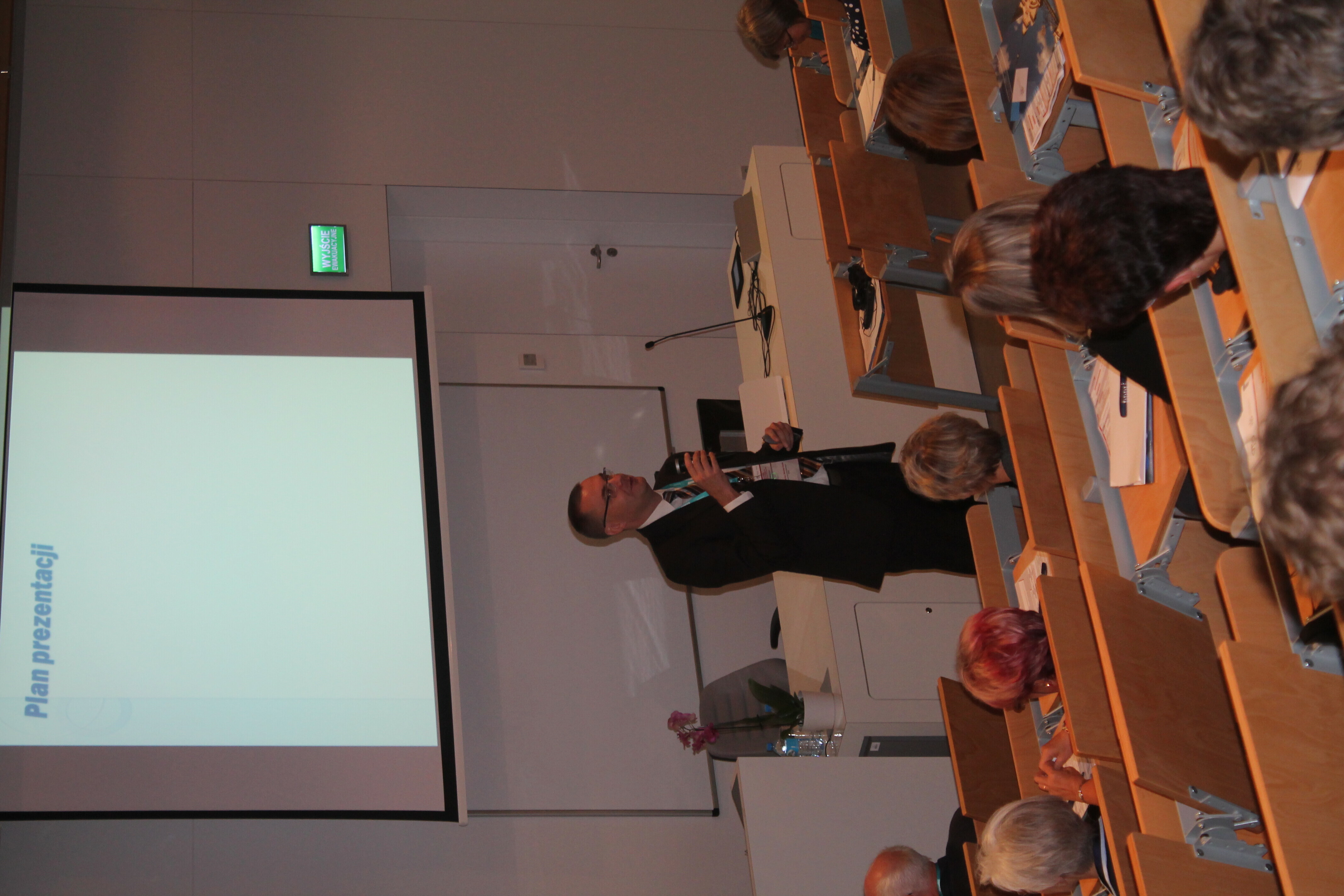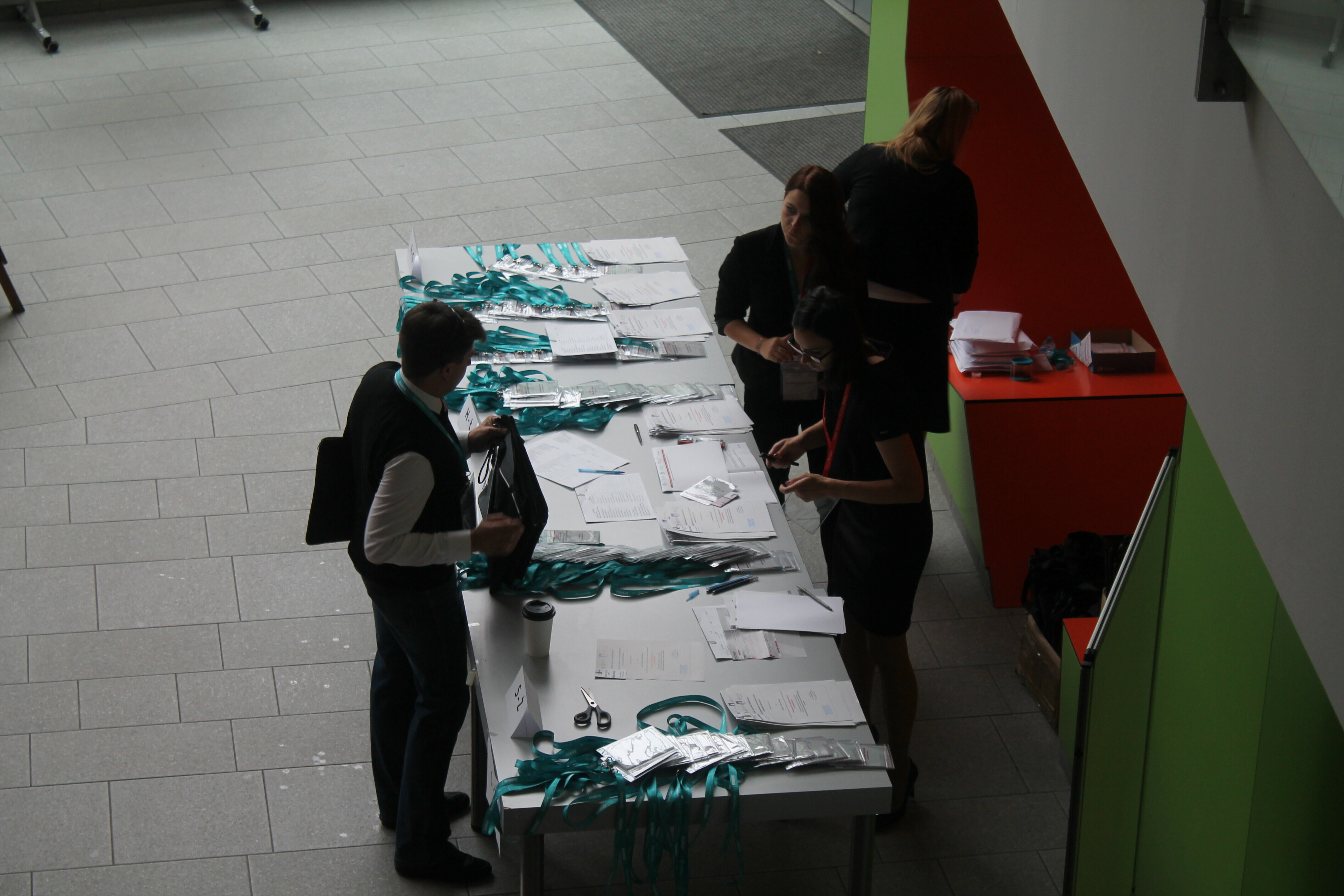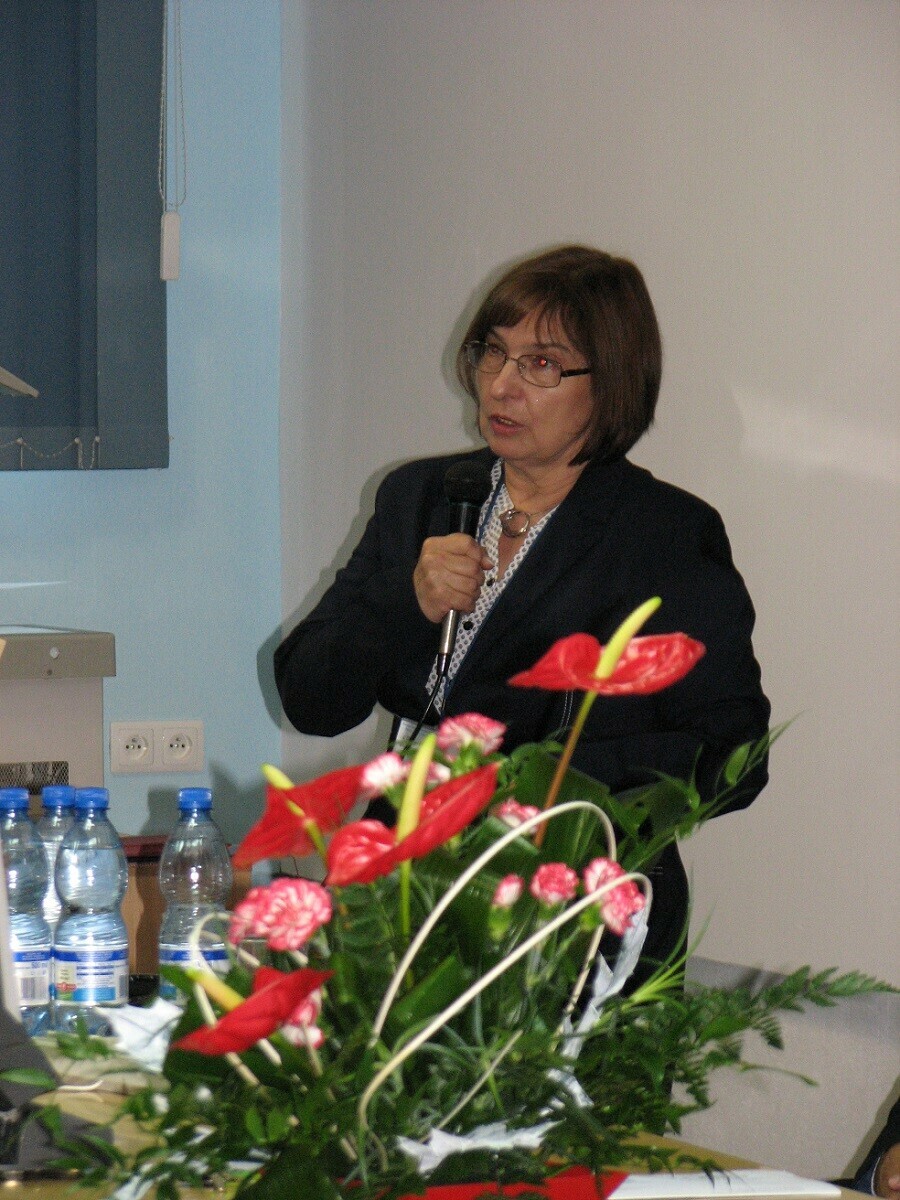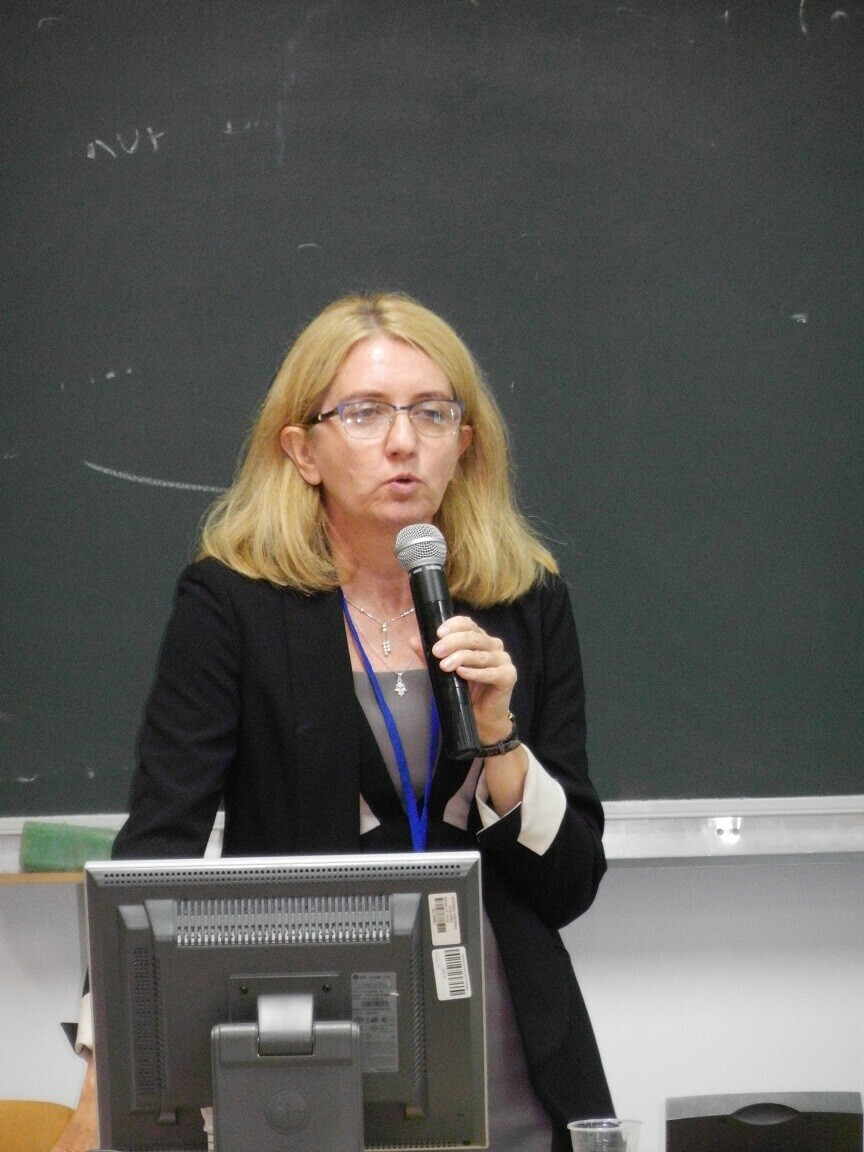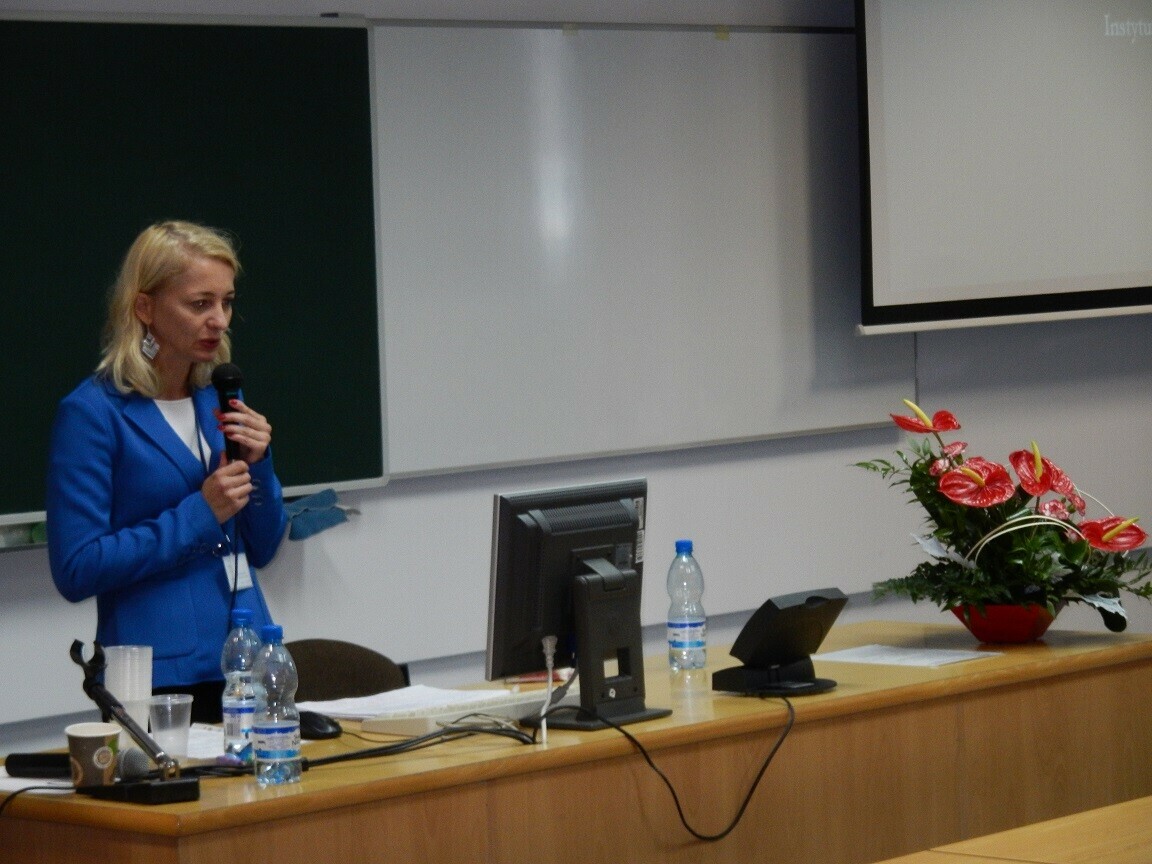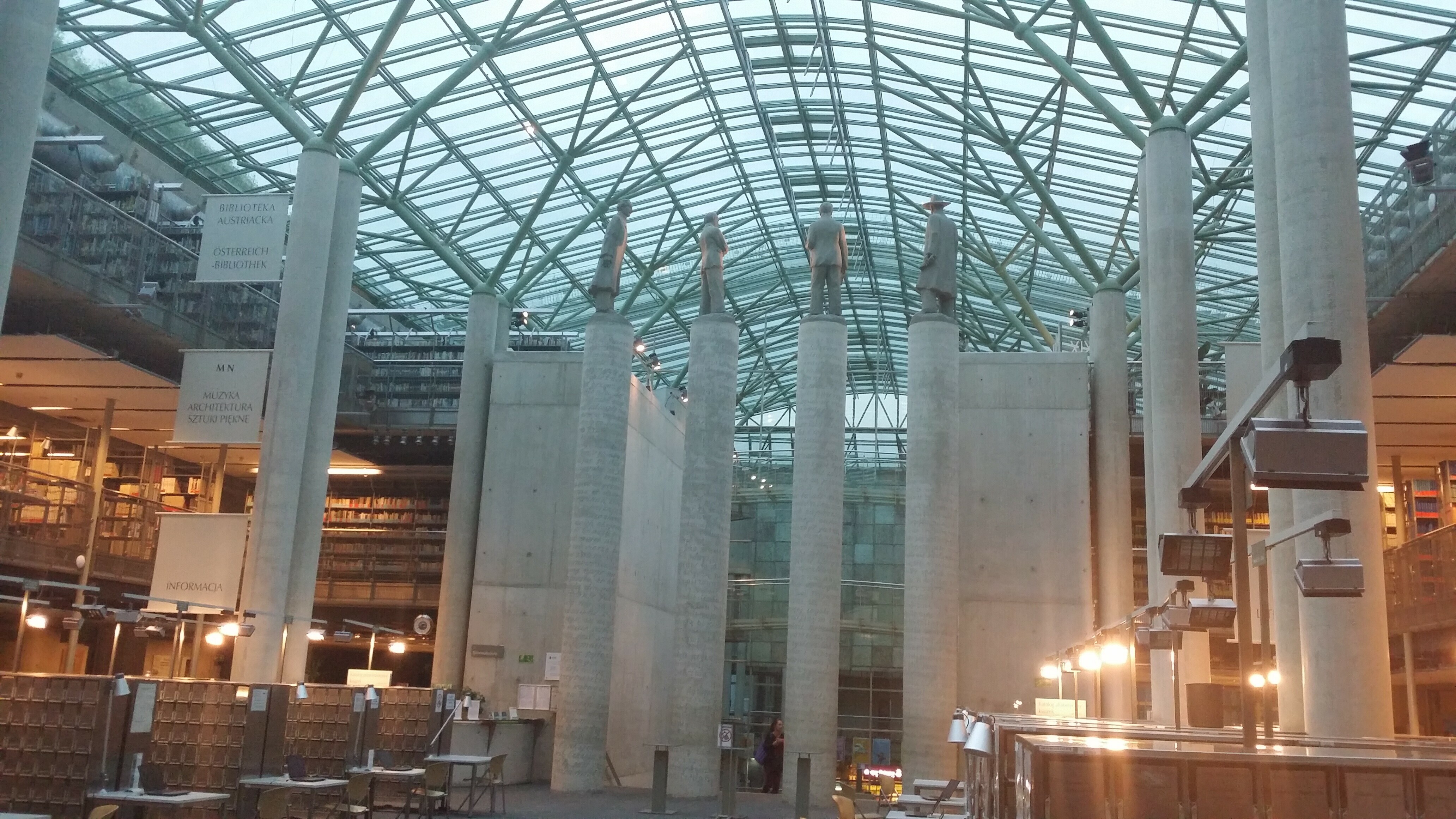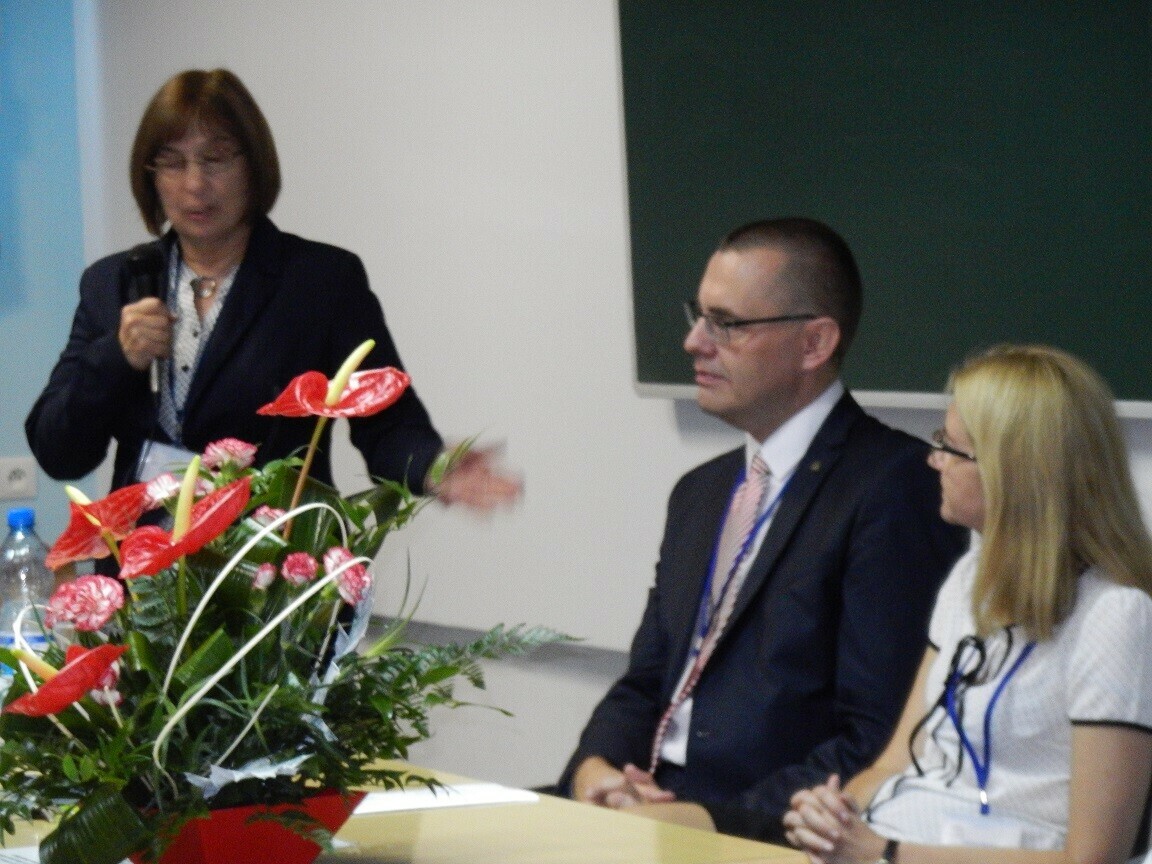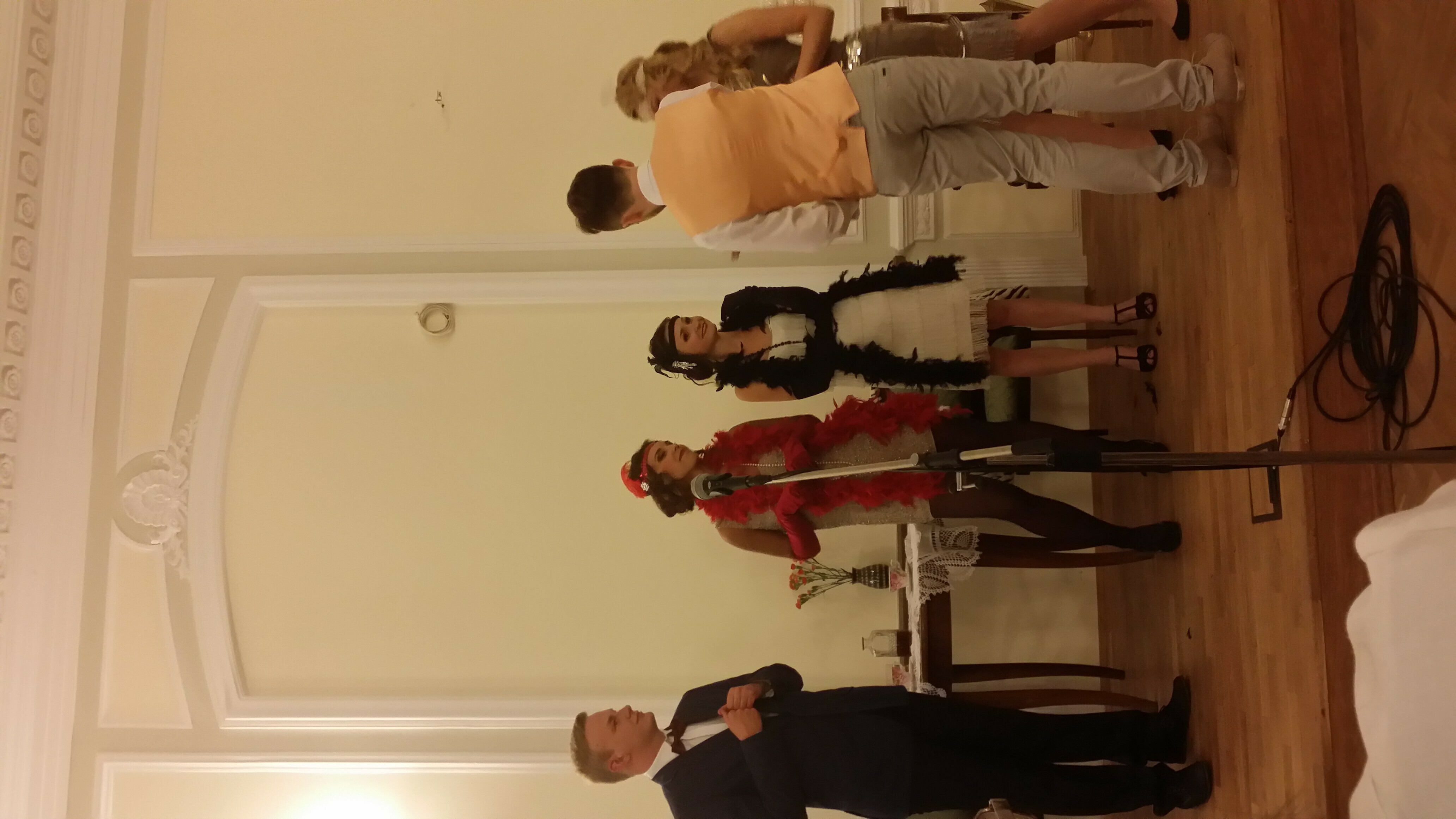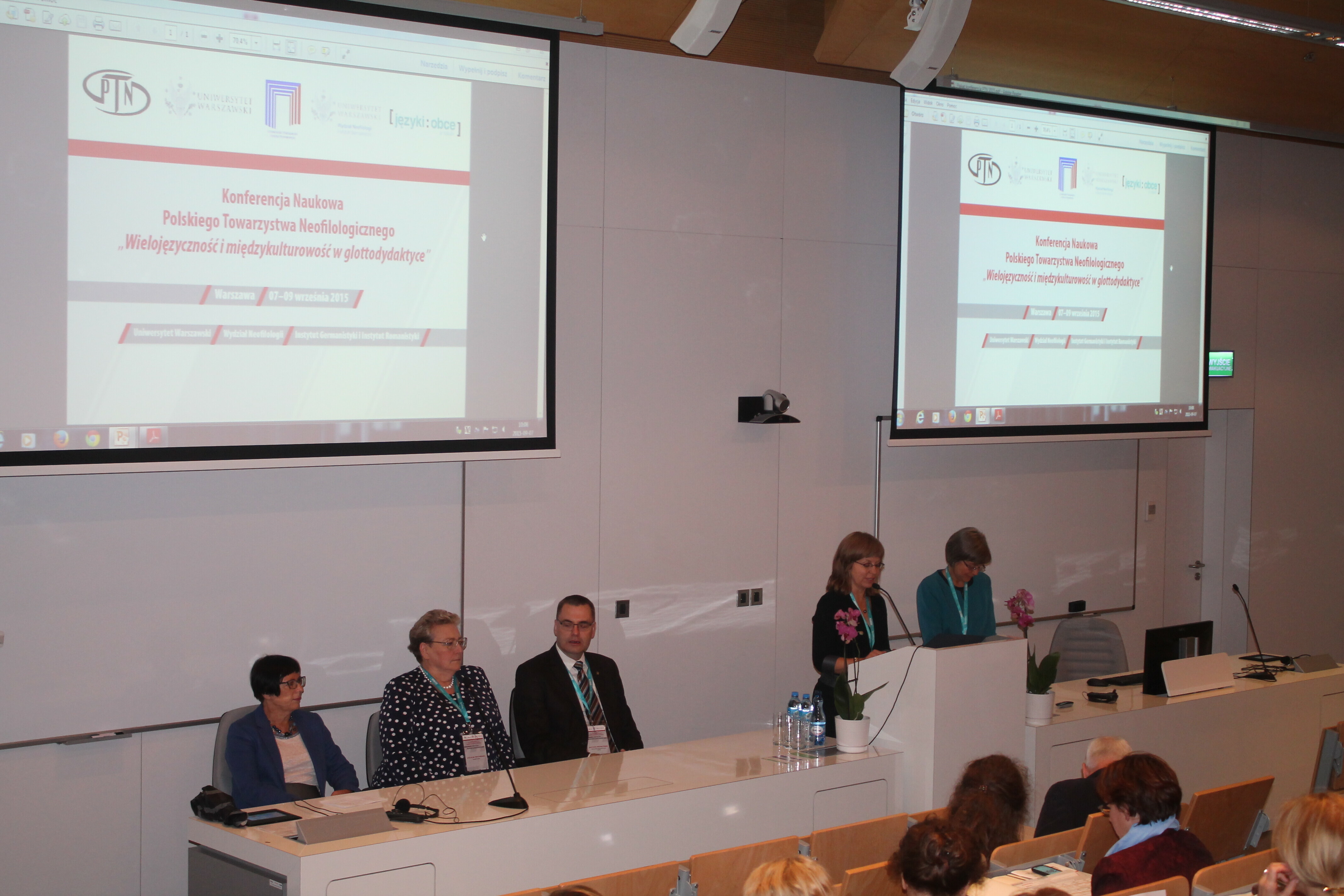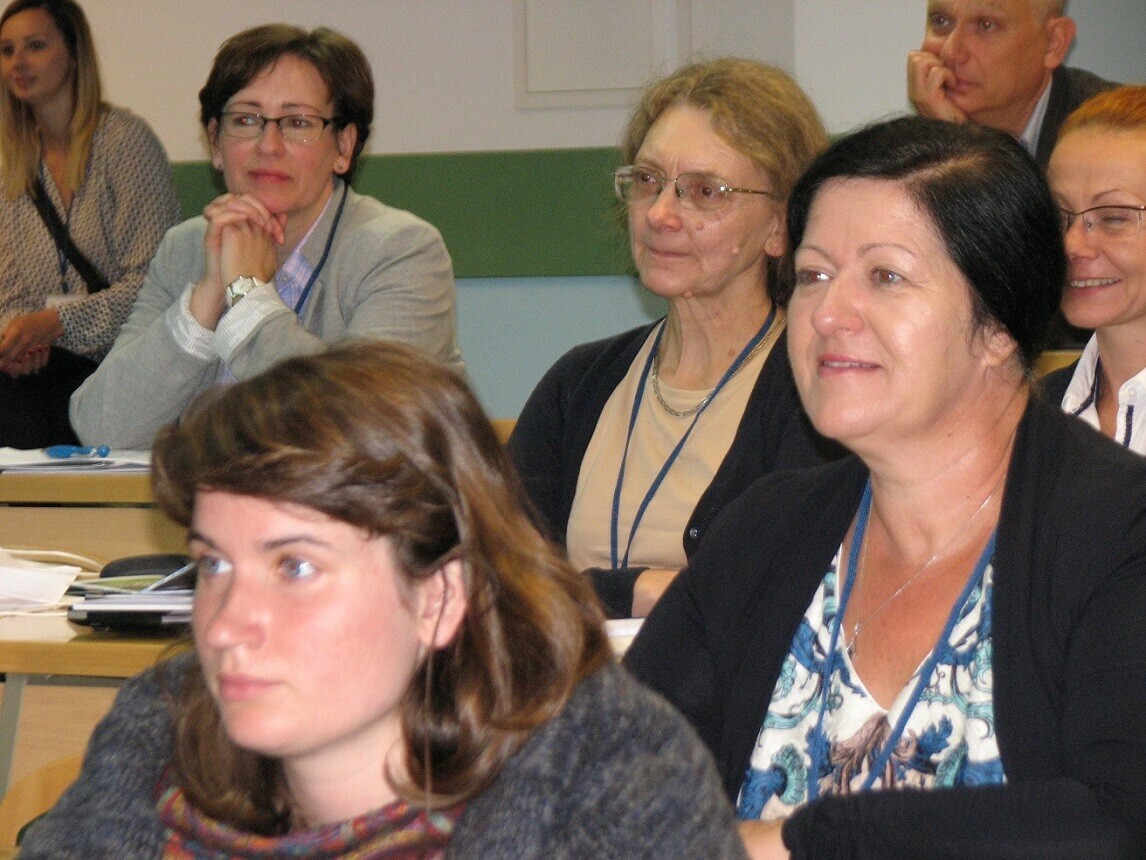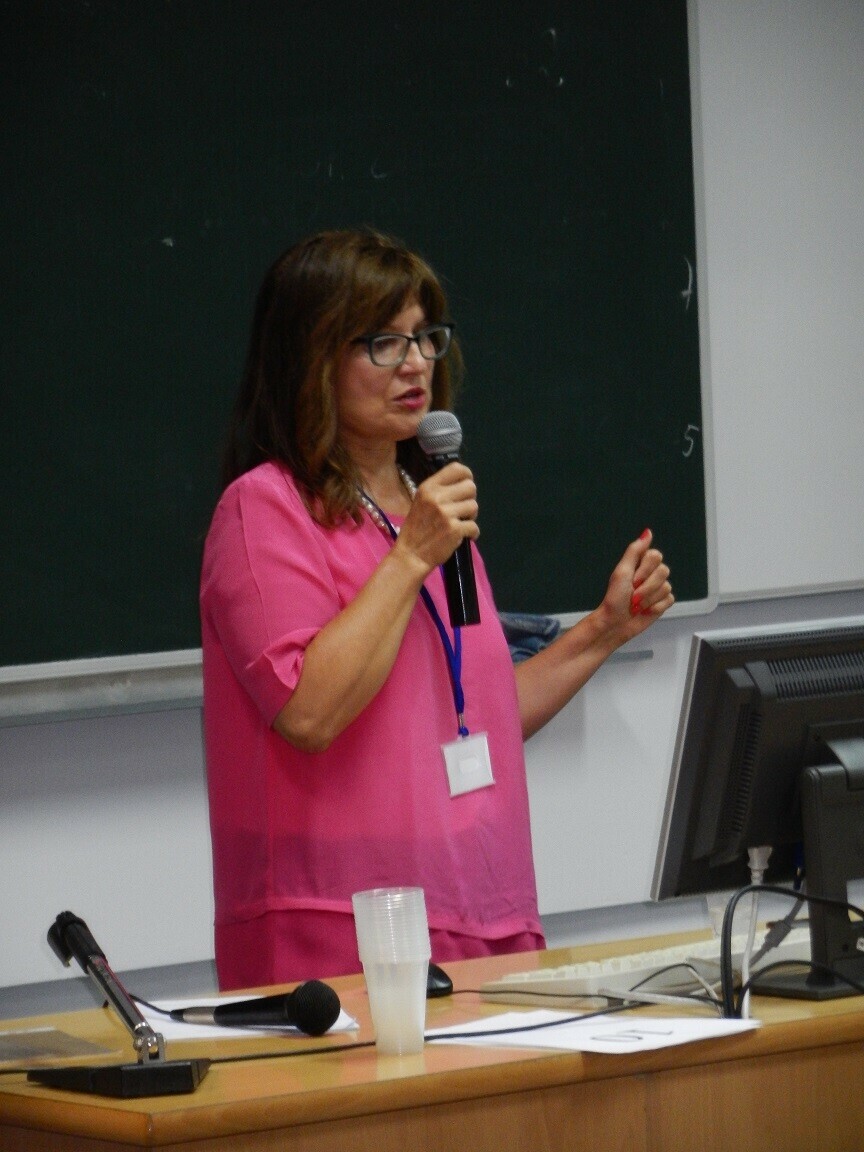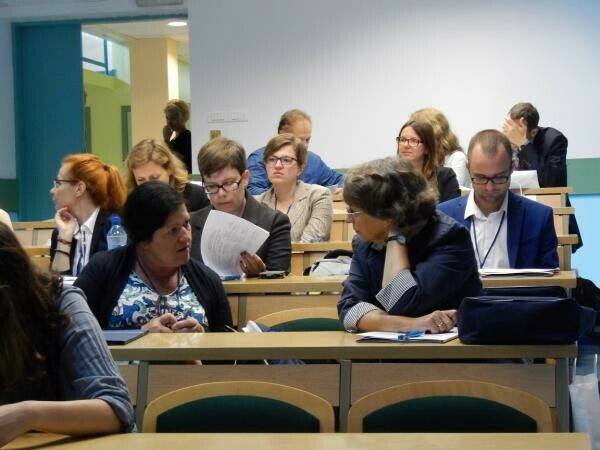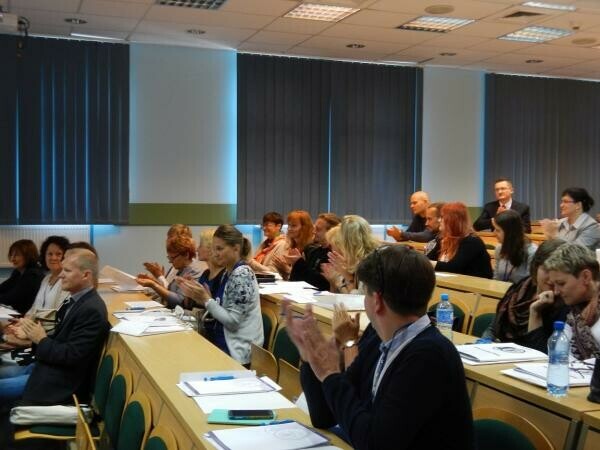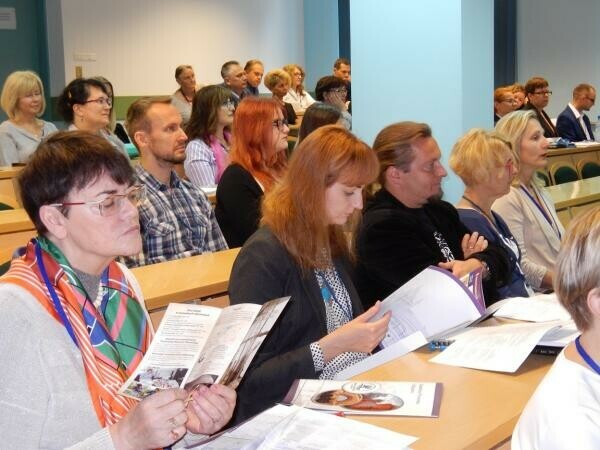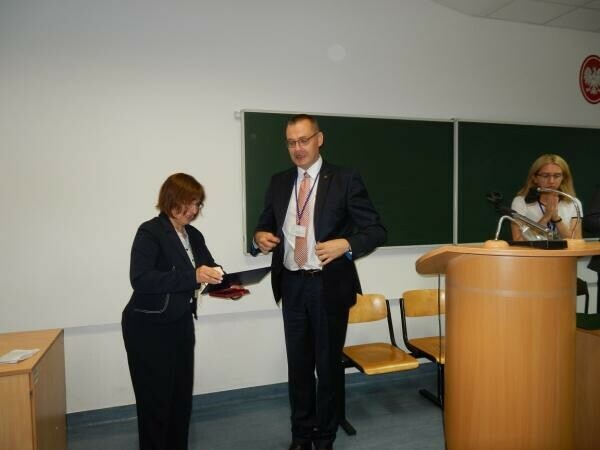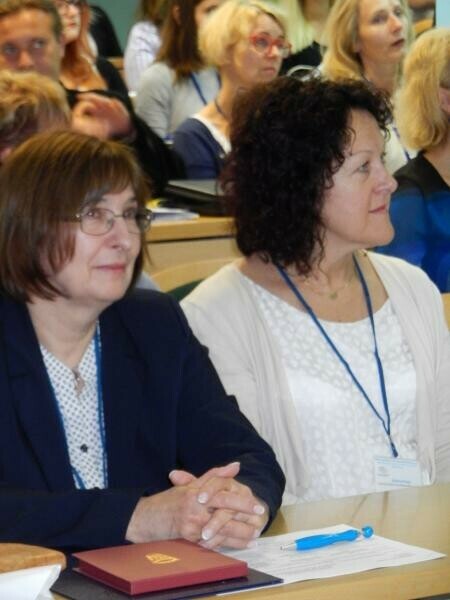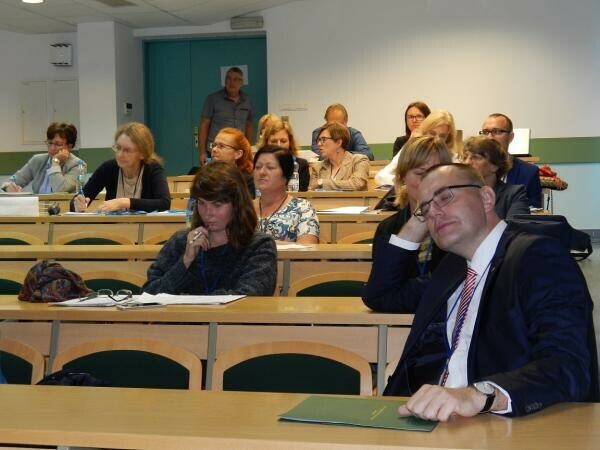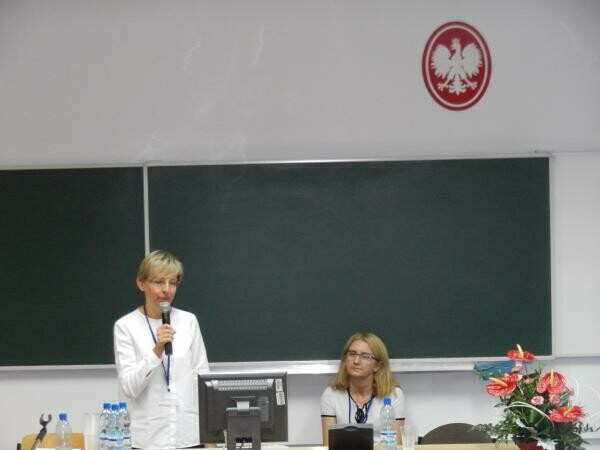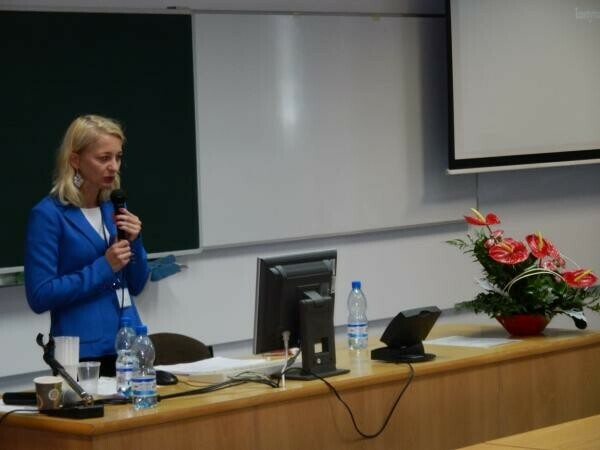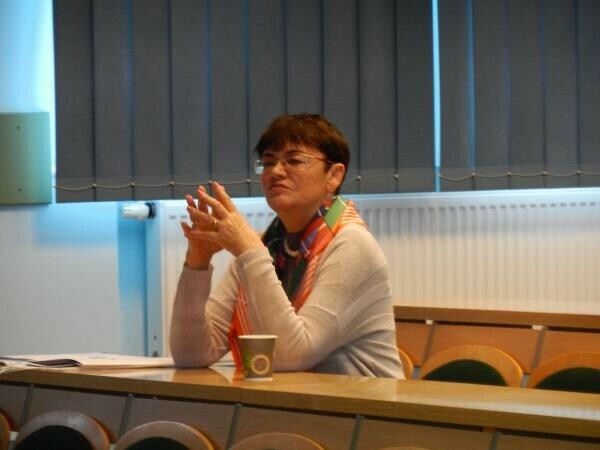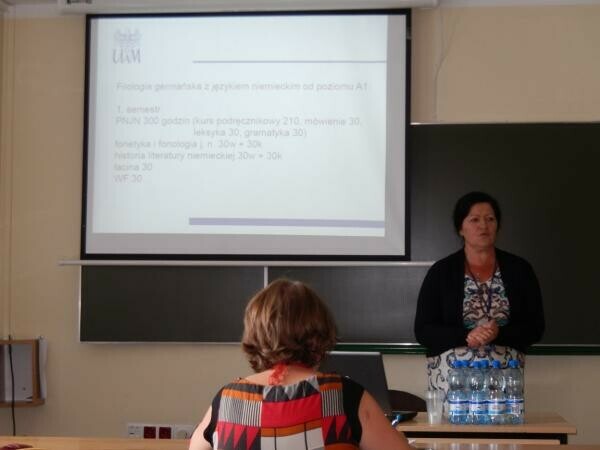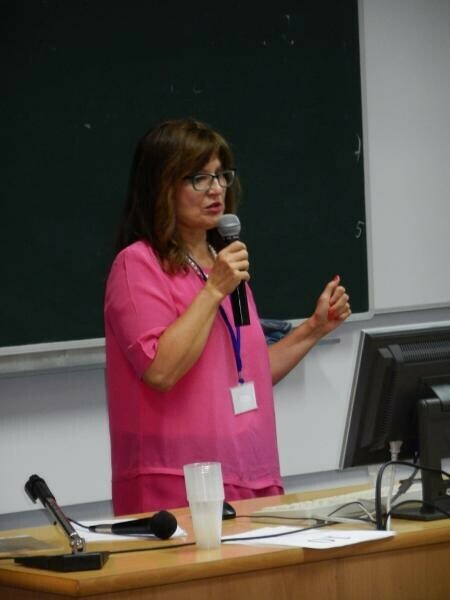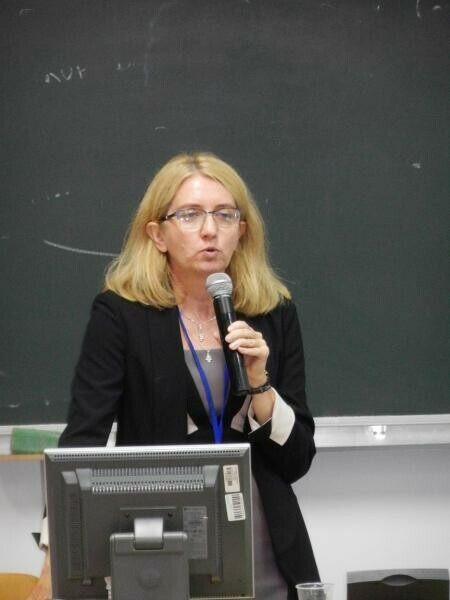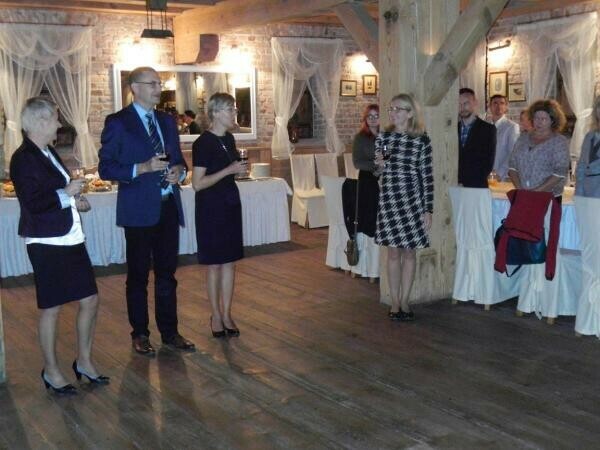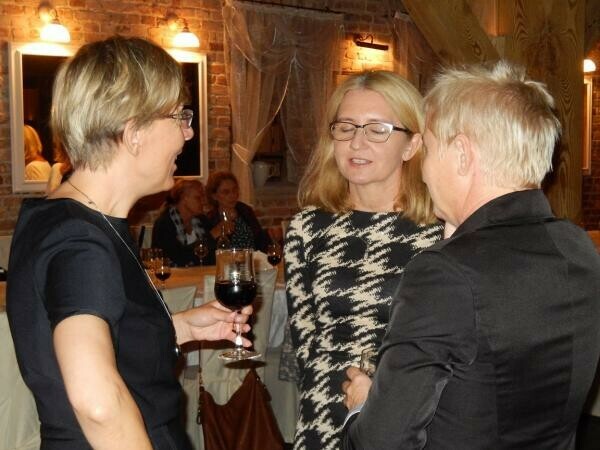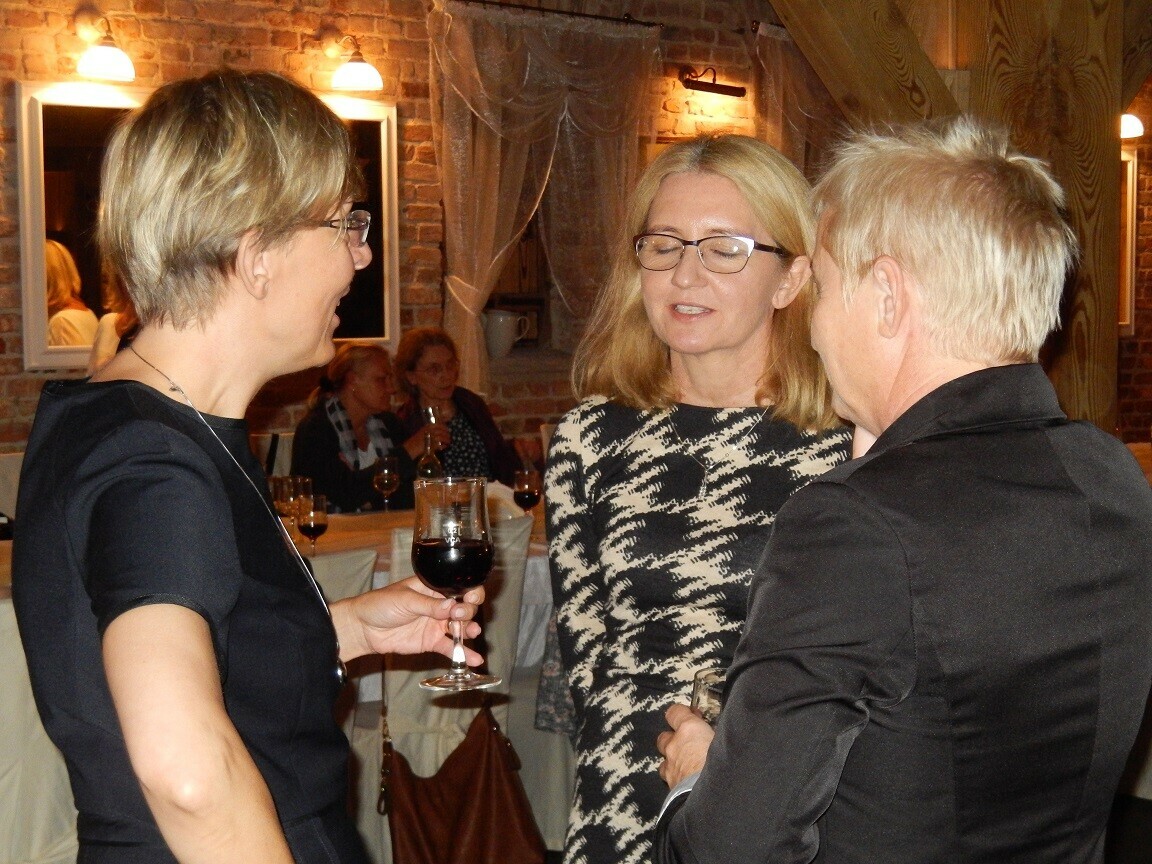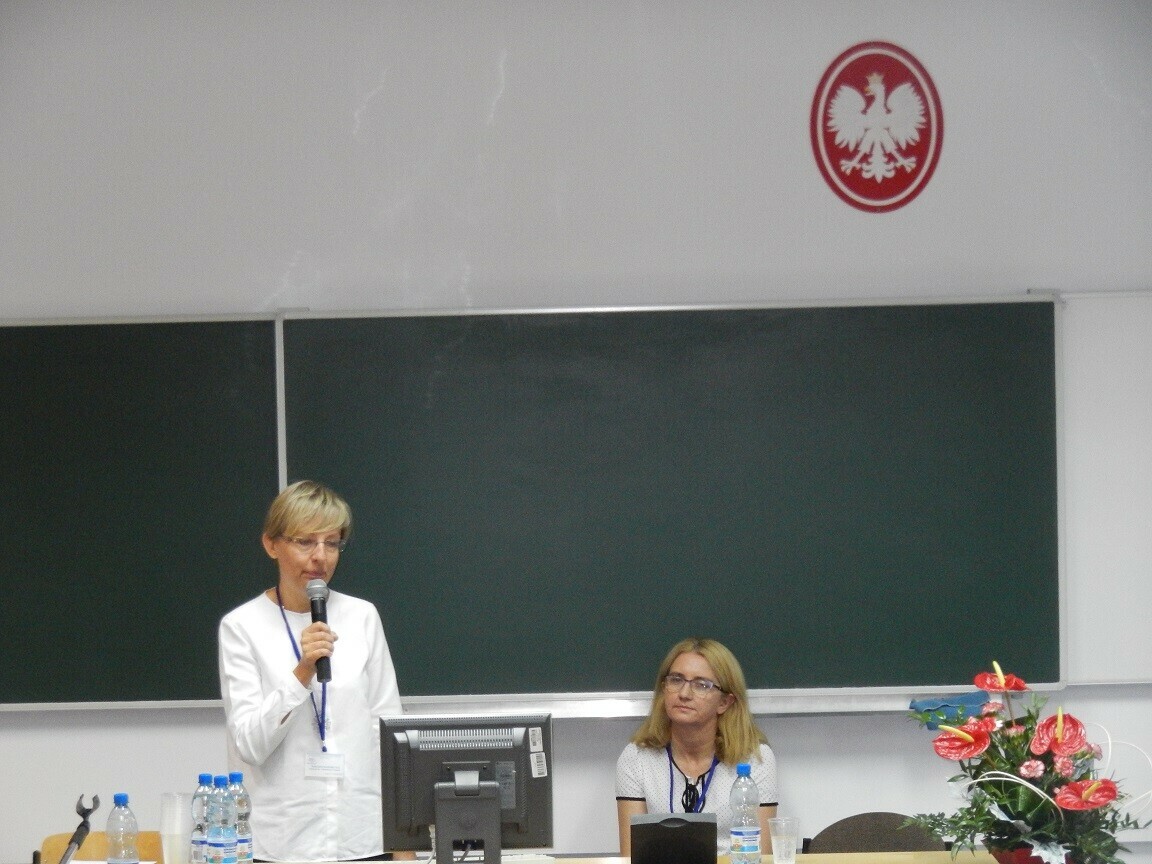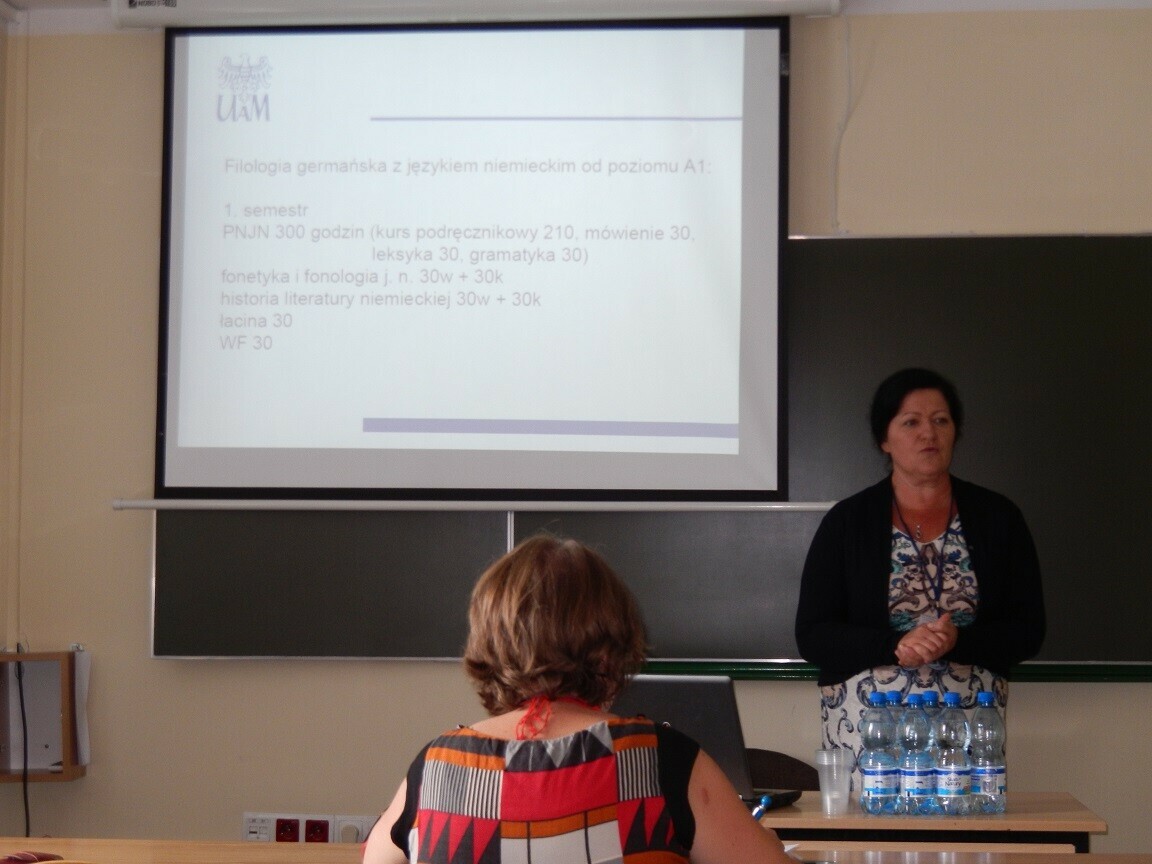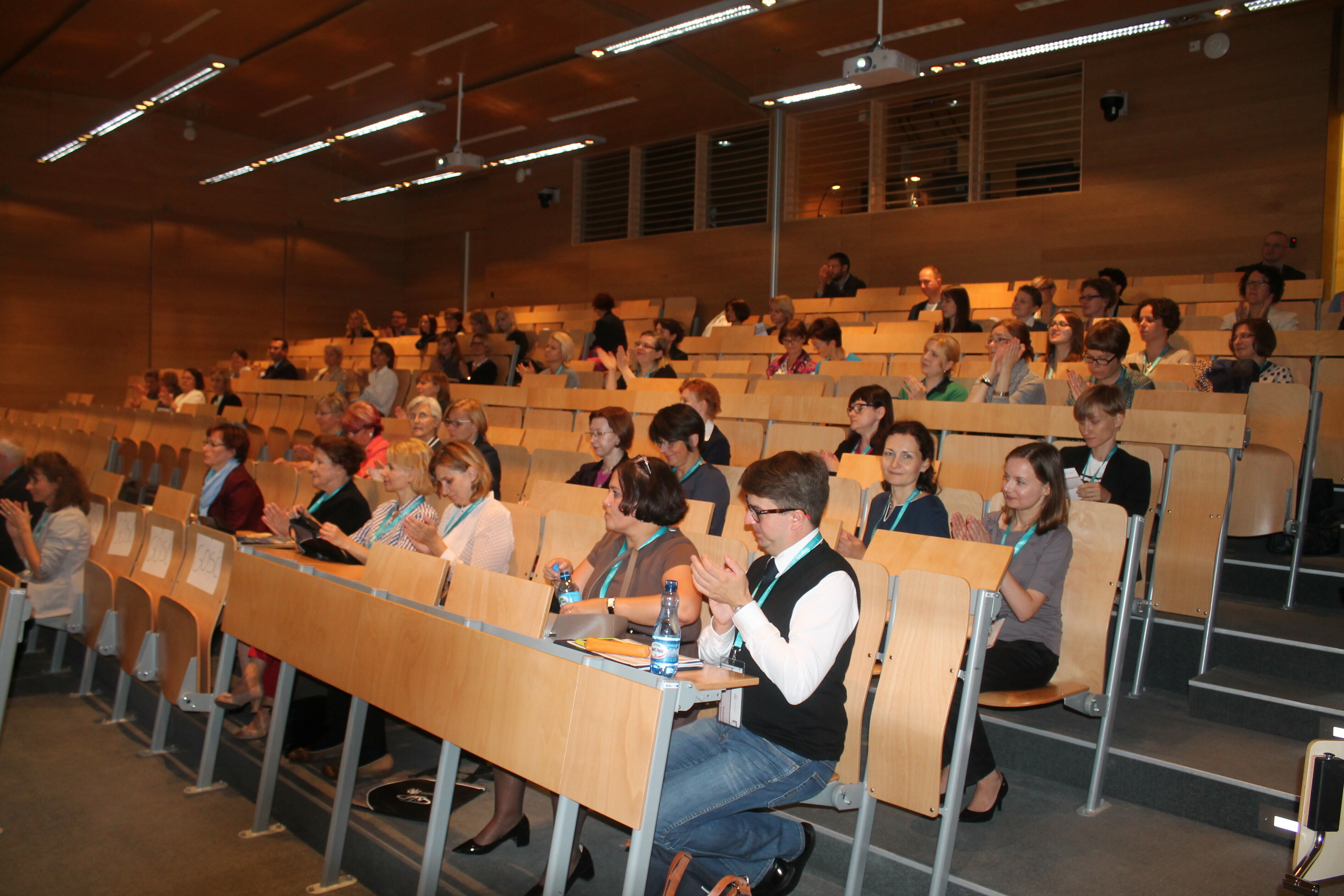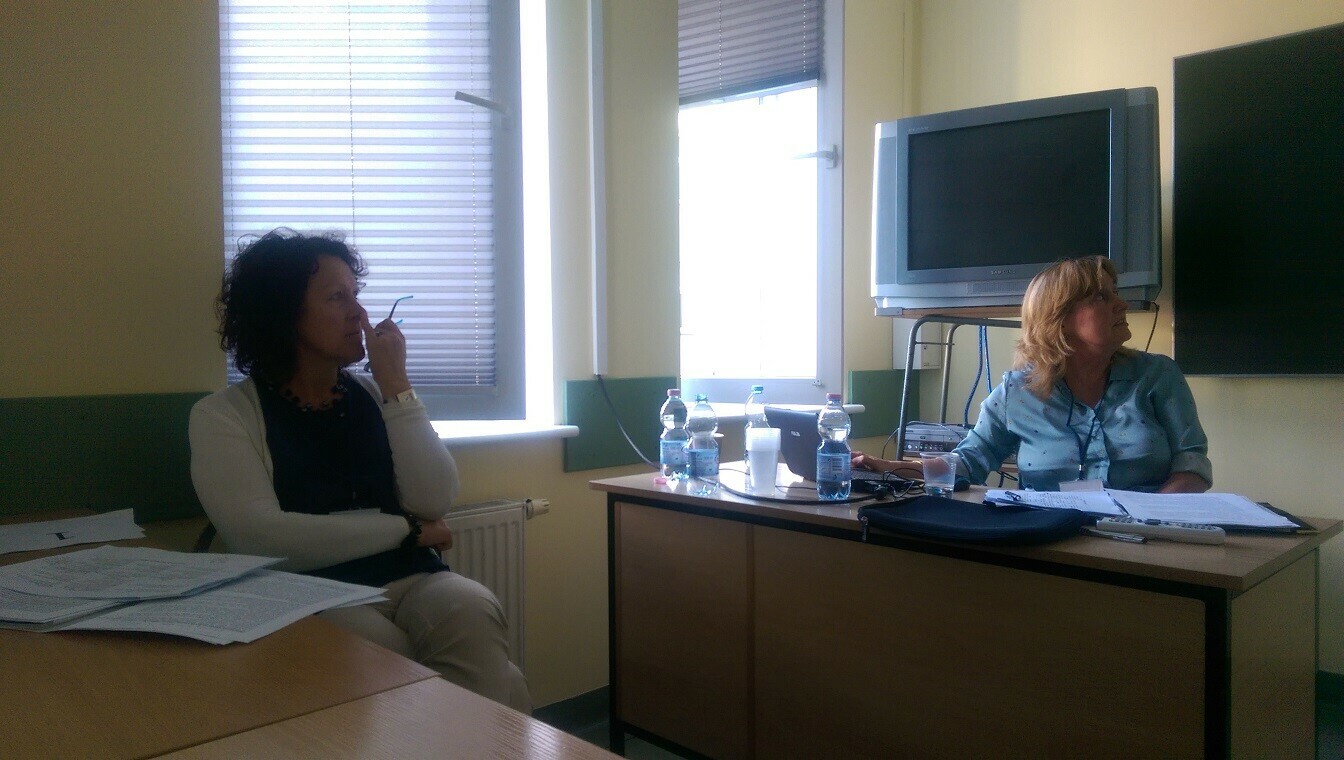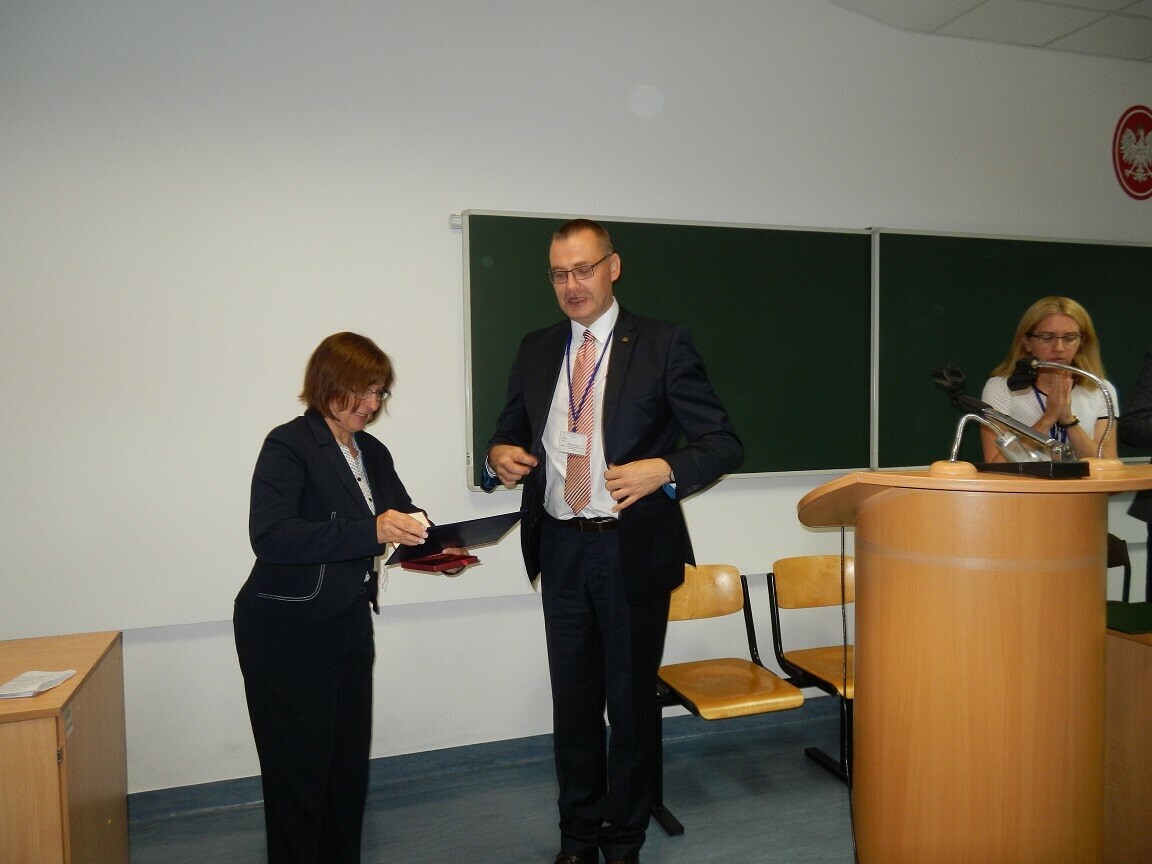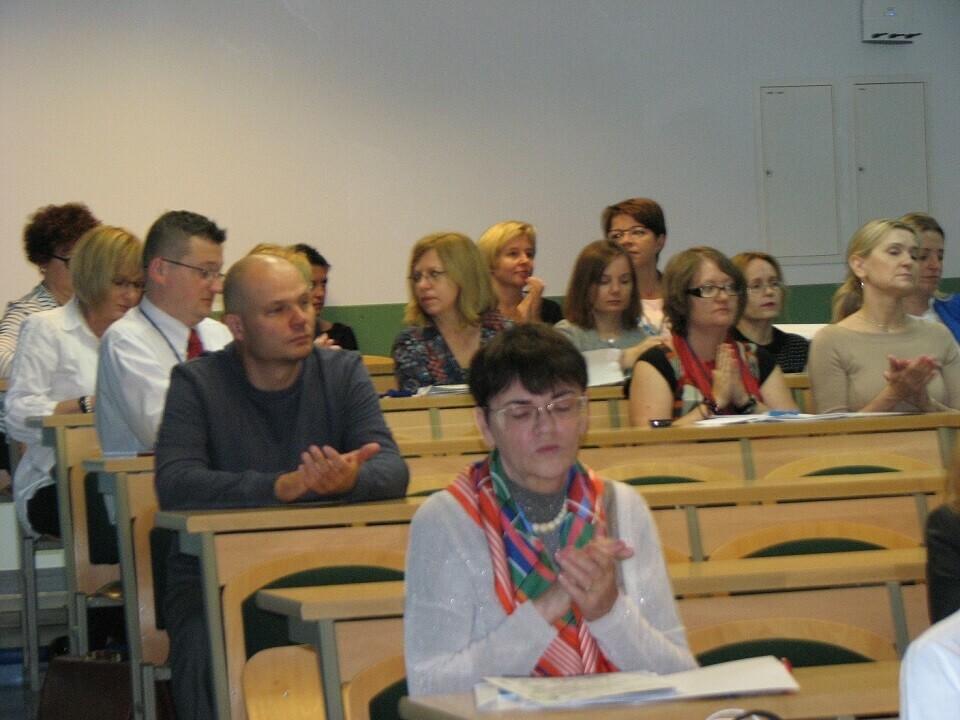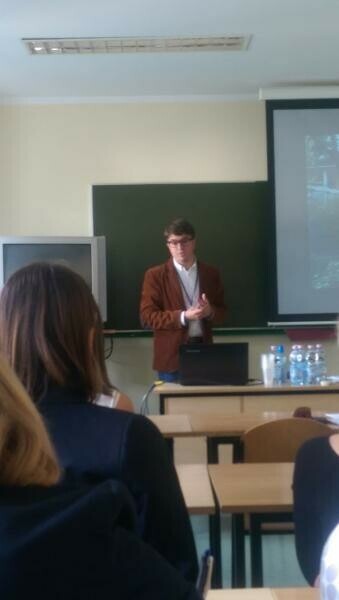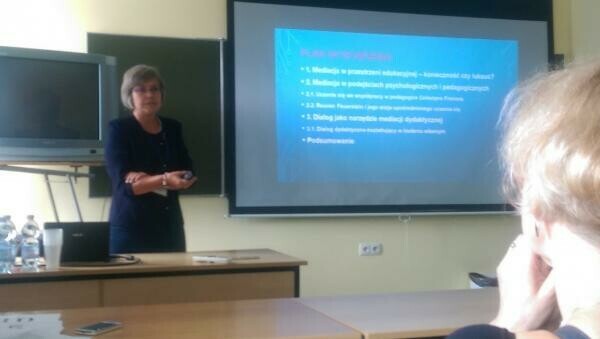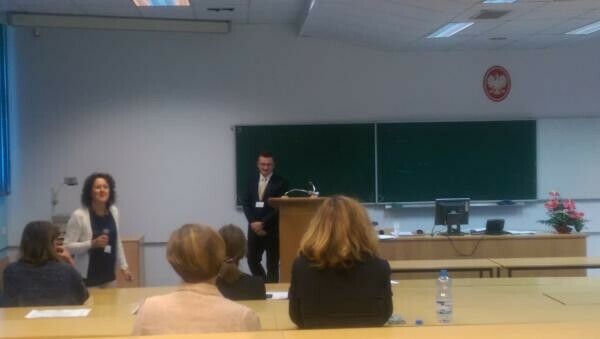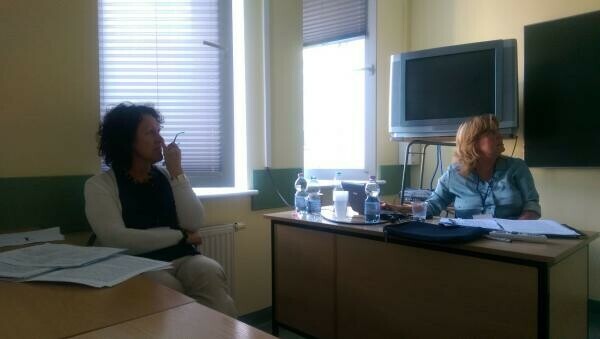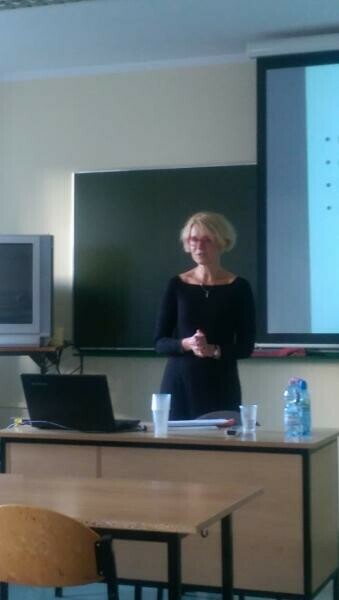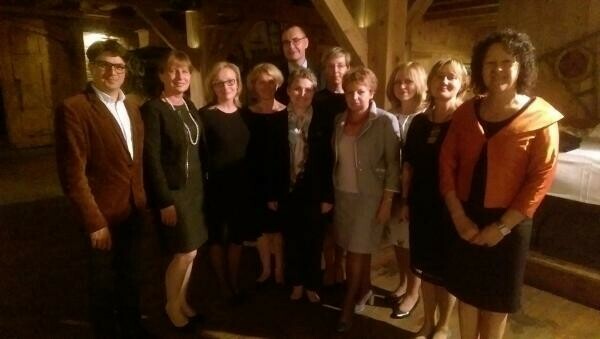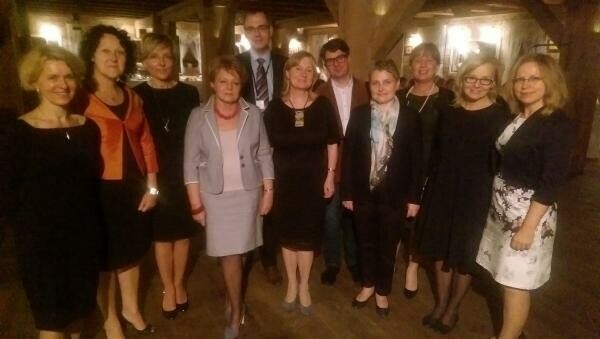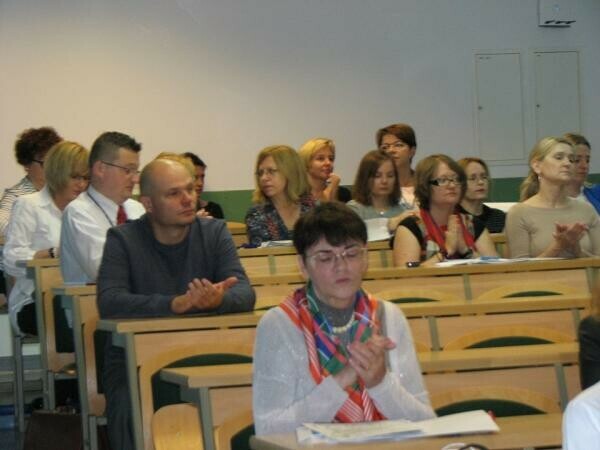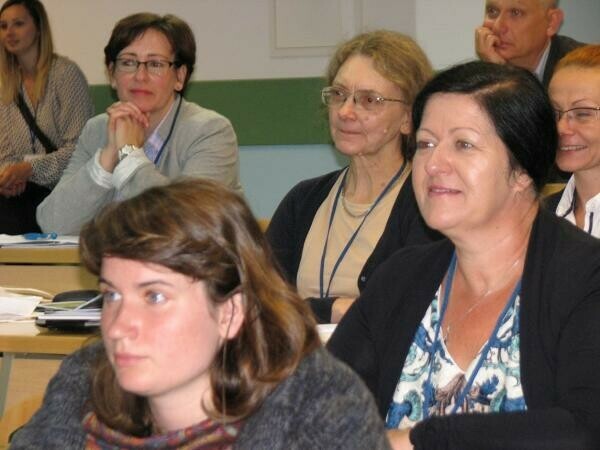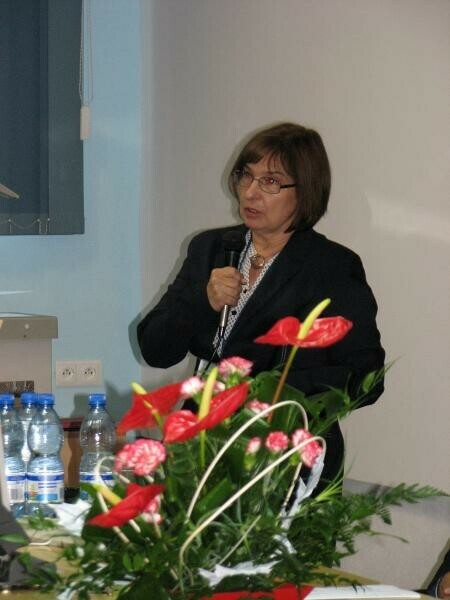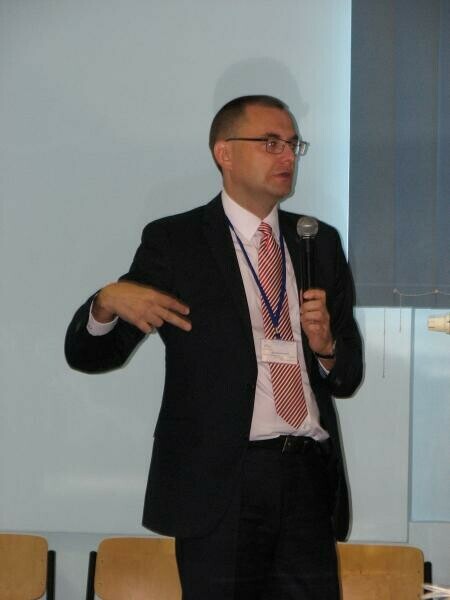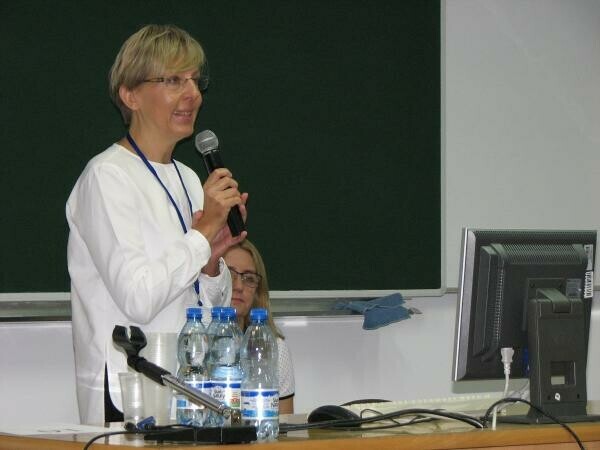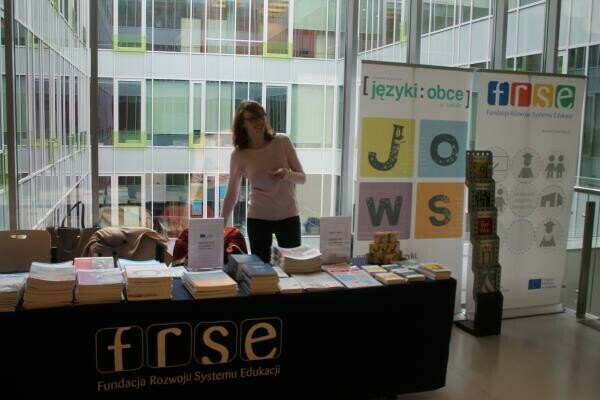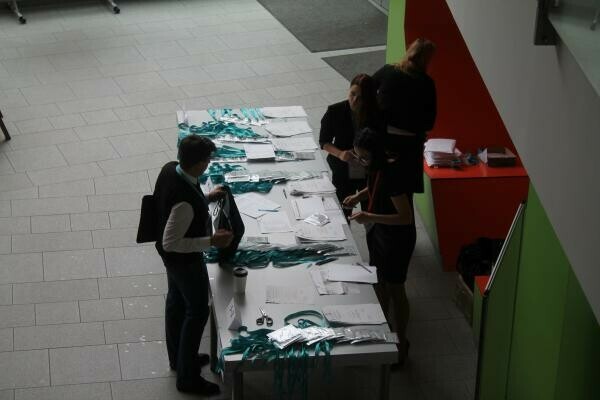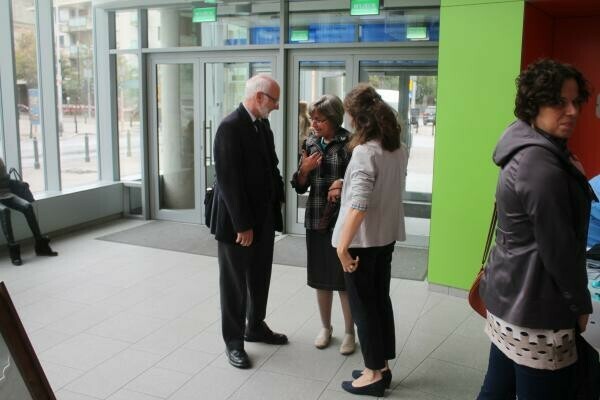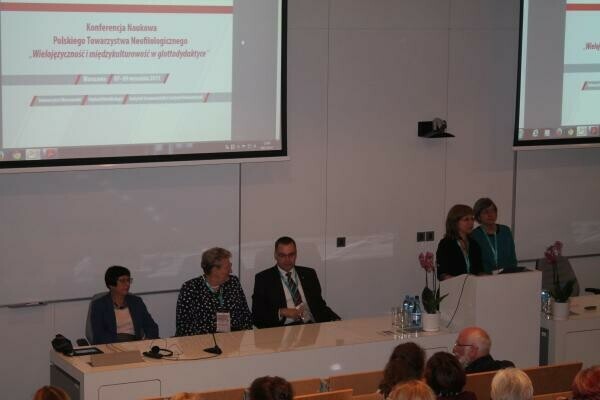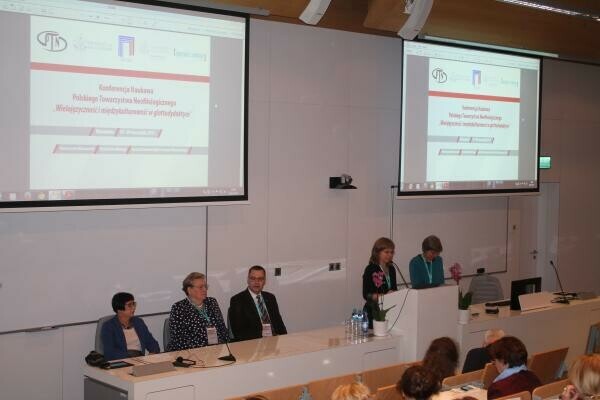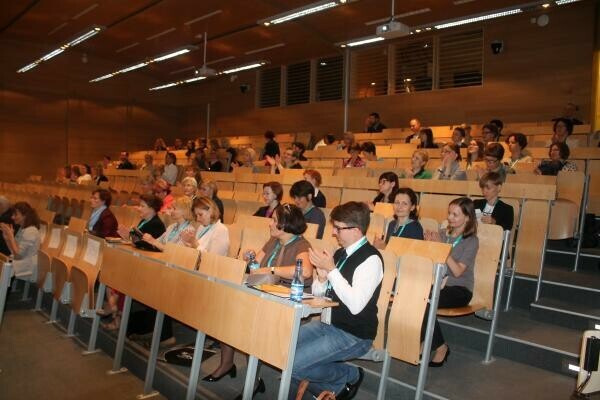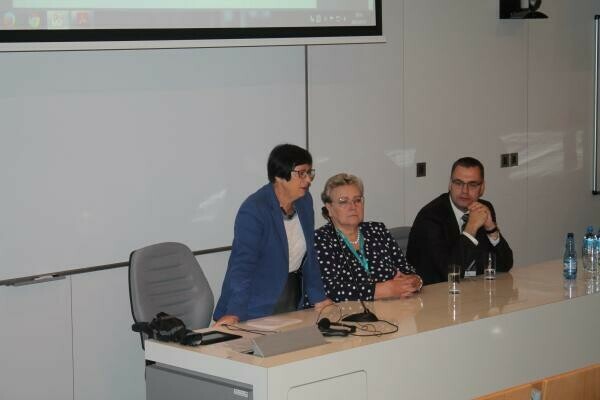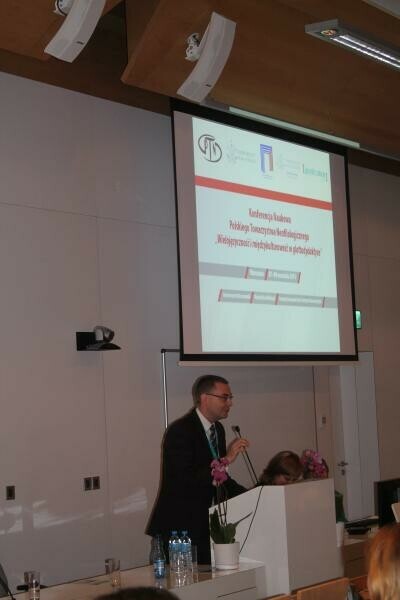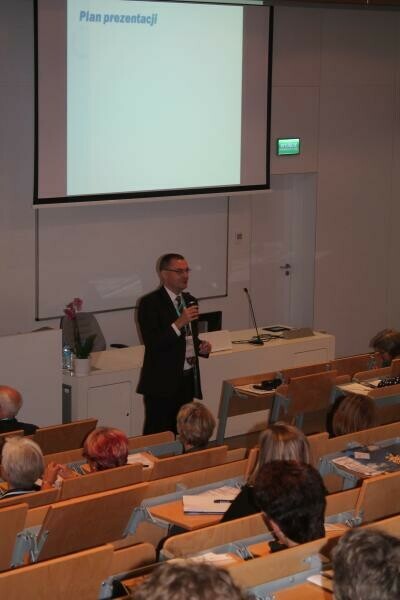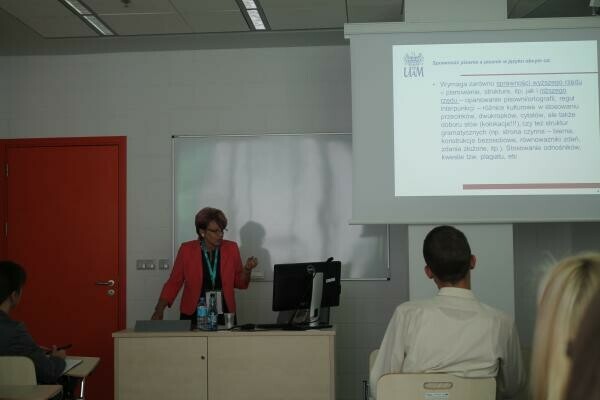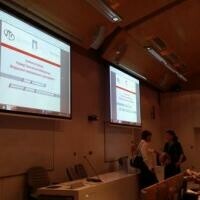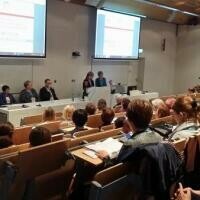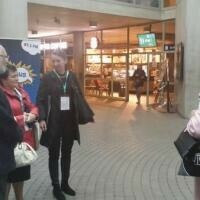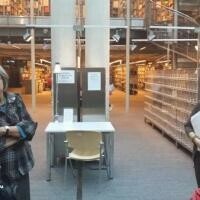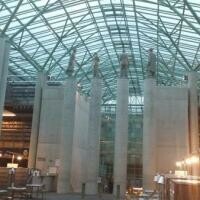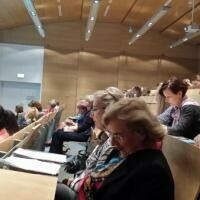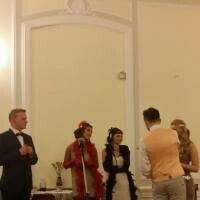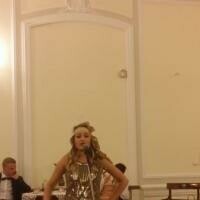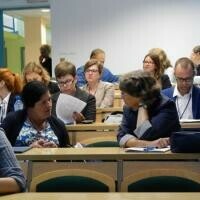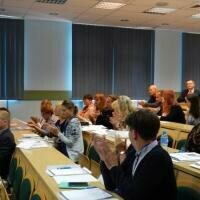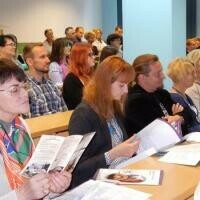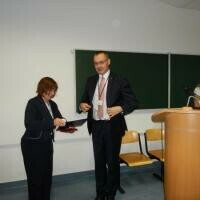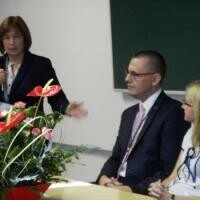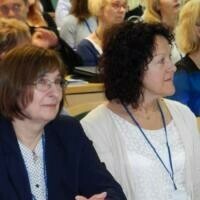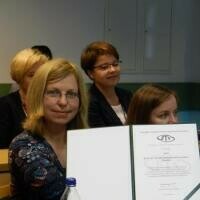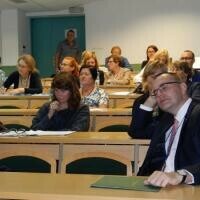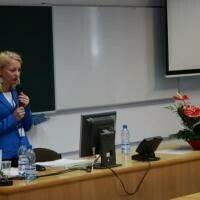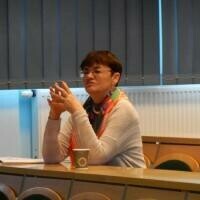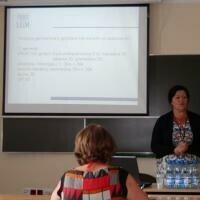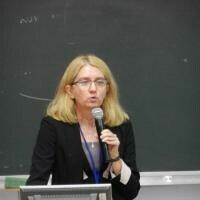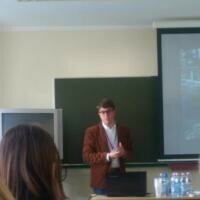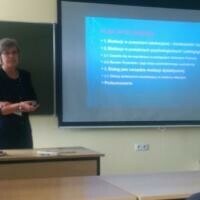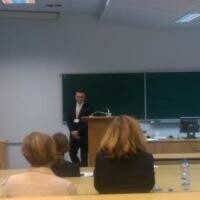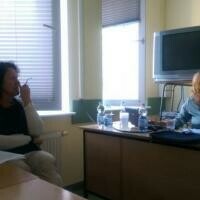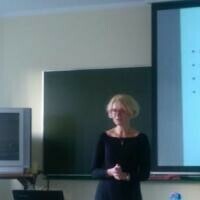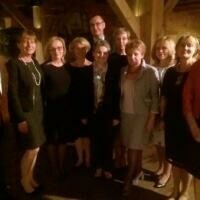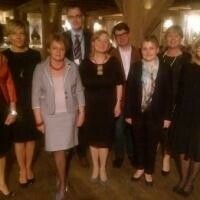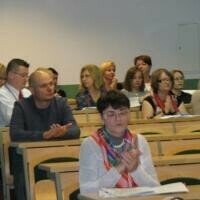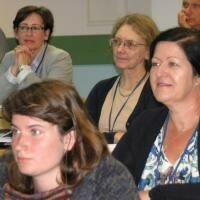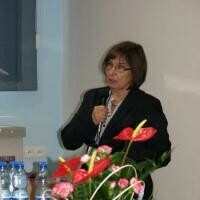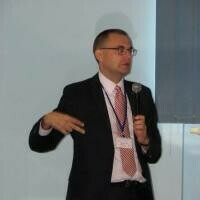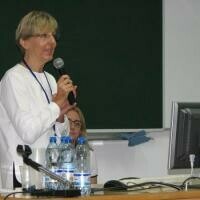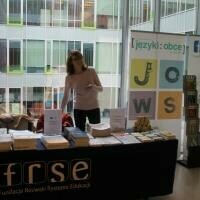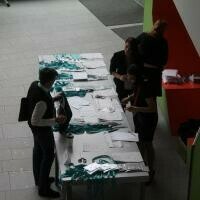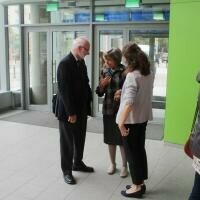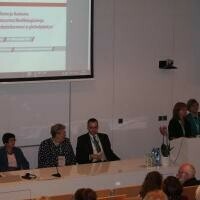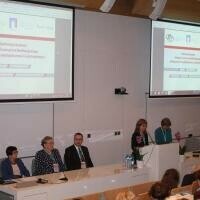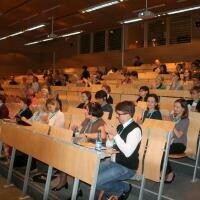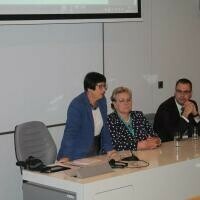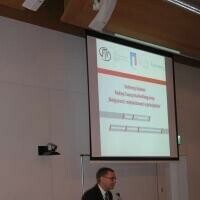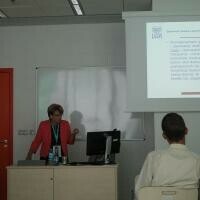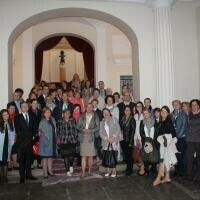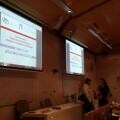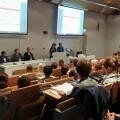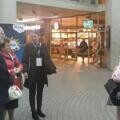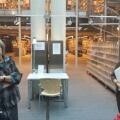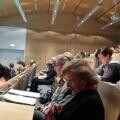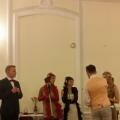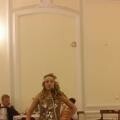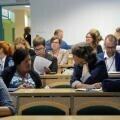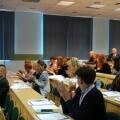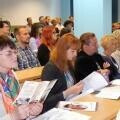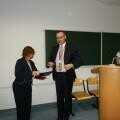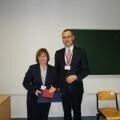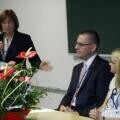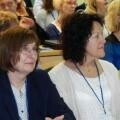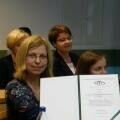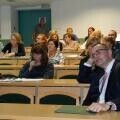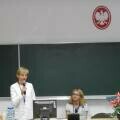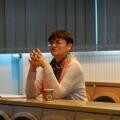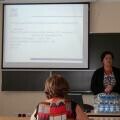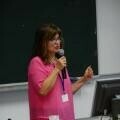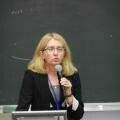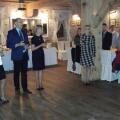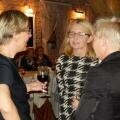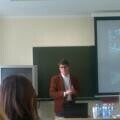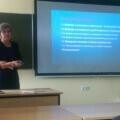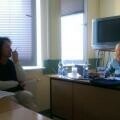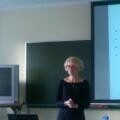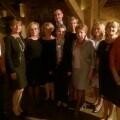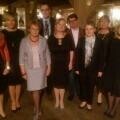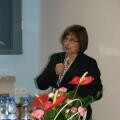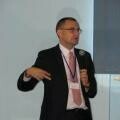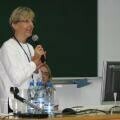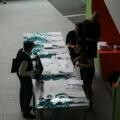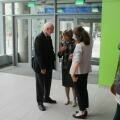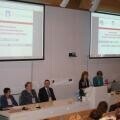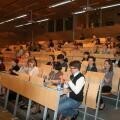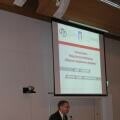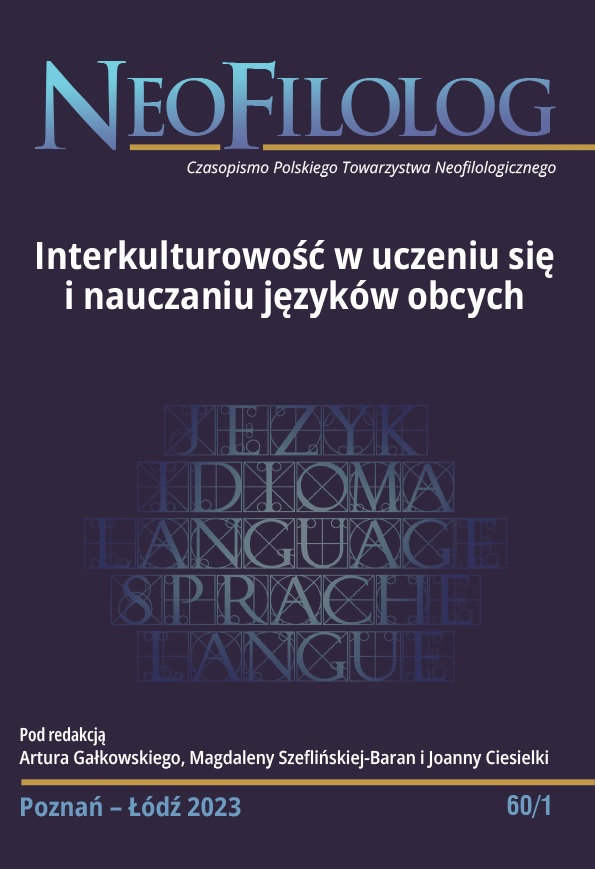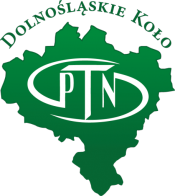Neofilolog nr 51/2 (2018)
Nr 51/2 Neofilologa dostępny online
New trends in LSP teaching
INTRODUCTION
The increasing specialization of individual economic sectors, globalization processes, the emergence of new scientific fields as well as the growing number of international corporations and the dissemination of cross-border projects contribute to enormous differentiation in language and language usage. Language is evolving and changing at a rapid pace. These new tendencies are particularly visible within languages for specific purposes (LSP). The result of rapid development processes are new fields and subdisciplines, which in turn trigger new insights and inventions. The knowledge of the respective specific language is an important requirement to enable the user to communicate in a professional context.
This urgent need to master subject-specific foreign languages in the professional world together with requirements for future employees, which include foreign/specialist language skills, is creating a rising demand for new methods of working in foreign language teaching that will most effectively empower employees to communicate in an international society. None of these methods can be developed in isolation from the authentic context.
This issue is a collection of papers presenting different challenges for, as well as expectations of, foreign language teaching in the modern, globalised and multilingual world. Academics representing different universities present ways of combining the theory and practice of teaching language for specific purposes with respect to the increasing specialisation of different fields and expectations of potential learners. All of the contributors are either experienced LSP teachers or researchers, which adds a practical dimension to the publication.
In the first paper of the volume, Magdalena Aleksandrzak (Adam Mickiewicz University in Poznań) examines the genre-based approach in the context of its links to English for specific purposes (ESP). First, she describes the place of English for Academic Purposes (EAP) in the field of ESP. This is followed by a discussion of definitions and the role of genre in EAP courses. The author also discusses the benefits of implementing genre-based pedagogy as the leading framework and as an important point of reference for EAP education.
The second paper focuses on the language of marketing. Basing on a corpus of specific marketing texts, Hanka Błaszkowska (Adam Mickiewicz University in Poznań) sheds light on the influence of specialist language on the shaping of the image of the German car brand Volkswagen. Analysis of terminology emphasises the importance of developing text-building skills.
Beata Bury (Philological School of Higher Education in Wrocław) in her paper concentrates on the use of Web 2.0. tools to simulate TOEFL iBT©-style speaking exercises and improve students’ test taking ability in speaking tests. First, she describes how Web 2.0 has changed the language learning process. Web-based activities are also implemented to help students overcome their fear of speaking. A survey study was conducted among kindergarten teachers in Andrychów. The author presents both the problems involved as well as possible solutions.
In the paper by Borka Richter (Kodolányi János University of Applied Sciences) the role of teaching specific terminology within the course of Translation Studies at the Kodolányi János University of Applied Sciences (KJUAS) is discussed. The author describes the practice of translation teaching in the context of the expectations of graduates and professional circles. Using real life examples, Richter shows how a separate course on terminology may increase students’ language awareness and translation skills
In the next paper, Weronika Szota (the University of Silesia in Katowice) focuses on aspects of a specific kind of translation (melic translation, i.e. translation of song lyrics). The author first presents different theories applicable to melic translation, highlighting the challenges inherent in the process, and then discusses the translation of lexical and grammatical elements to match the specific structure of the song and its musical characteristics, which is crucial for translating lyrics or specific texts from the field of music. Then, she presents and analyses a specific example of melic translation (of a song composed by Magdalena Grabowska-Wacławek), describing and justifying the translator’s choices.
Grażyna Strzelecka (Warsaw University) describes the programme of master studies at Warsaw University, where students acquire both language teaching skills and professional knowledge from the field of logistics through a Content and Language Integrated Learning (CLIL) formula.
Anna Wierciak (the Jagiellonian University) in her paper concentrates on student-generated communication activities in an ESP course. The author presents a description of student-generated tasks that can be used at the very beginning of the course (needs analysis) and then at every stage of an ESP class. Apart from a detailed description of each activity the author also presents pitfalls and ready-made solutions and suggests guidelines for giving feedback on the tasks. At the same time, Wierciak places the activities in a professional context, as they help to develop many skills which are essential in the workplace environment, such as collaboration, brainstorming, negotiating, and public speaking.
The final paper in this volume is Siek-Piskozub’s review of the book by Jolanta Sujecka-Zając “A competent student in a language class: challenges for mediation in language teaching”. In the book Sujecka-Zając presents a new approach to language teaching, where the focus is on the development of student competences using the author’s own model of a profile of a competent student, which she calls Manager-Artist-Researcher (Polish abbreviation: MAN). After a general discussion of the theory and practice of learning and the competences involved, Sujecka-Zając goes on to emphasise the role of dialogue as a mediation tool in the teaching process. She sees mediation as a new approach that may help teachers to deal with student anxiety and to support the development of autonomy and other language learning competences.
We hope the following issue will reflect the rapid development in the field of languages for specific purposes as well as the need for multipolarity and interdisciplinary approaches in research. The papers included in the volume indicate that LSP is still a “terra incognita” and we hope that these contributions will motivate further explorations of the field.
We are very thankful to all the authors for their contribution to this volume.
The publication of the book would have not been possible without generous support from Professor Andrzej Lesicki, Rector of Adam Mickiewicz University, Professor Aldona Sopata, the Dean of the Faculty of Modern Languages and Literatures and Professor Izabela Prokop, the Head of the Institute of Applied Linguistics. We would like to thank them for their financial as well as organisational support.
We are also very grateful to all reviewers who contributed to giving the issue the present shape through their comments and suggestions.
We also owe our gratitude to Professor Anna Jaroszewska, Editor-in-Chief of Neofilolog, who was always ready to help us and answer all our questions to suggest the best solution and who supported us during the whole publication process.
Joanna Kic-Drgas
Marta Zawacka-Najgeburska

